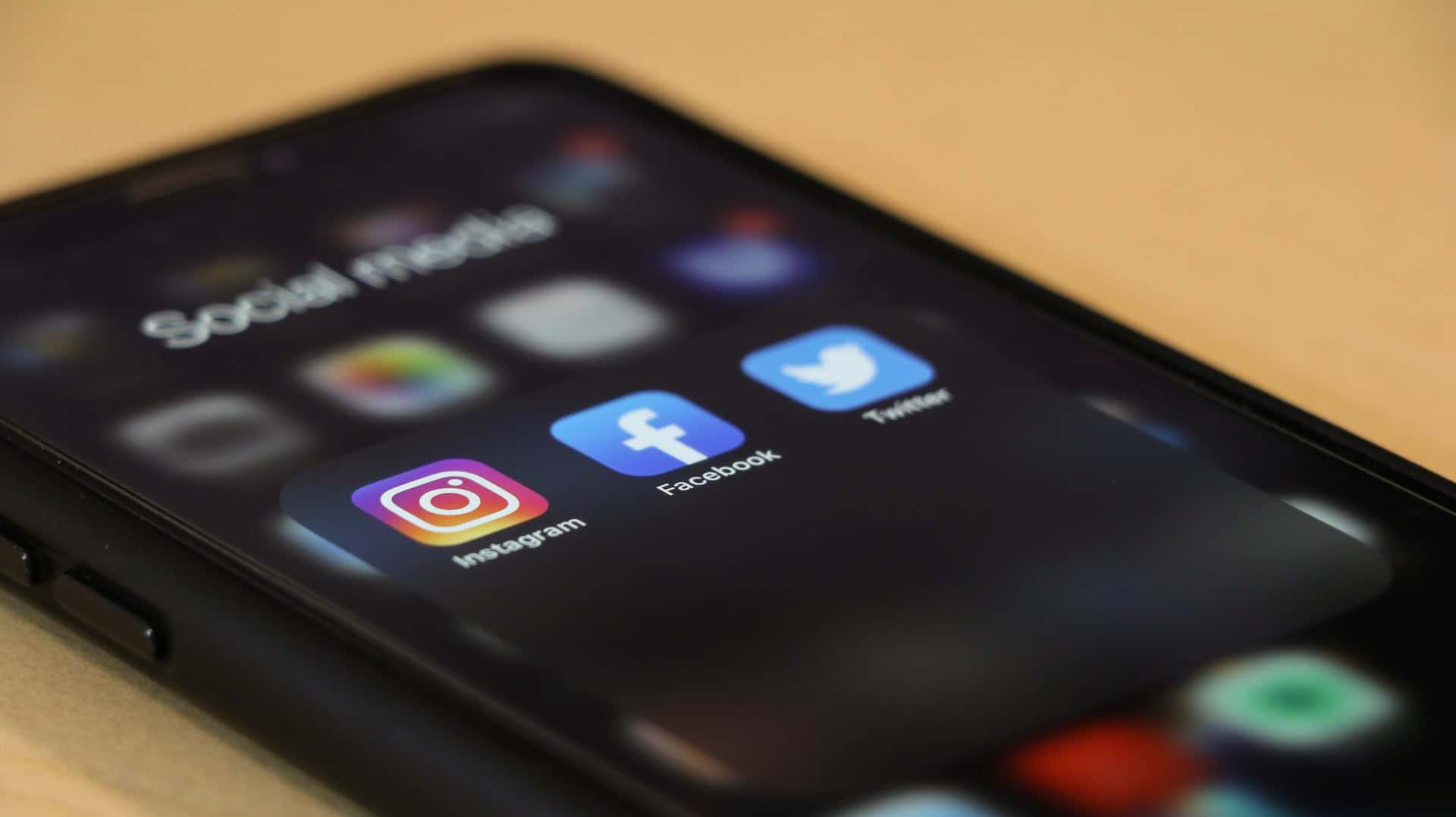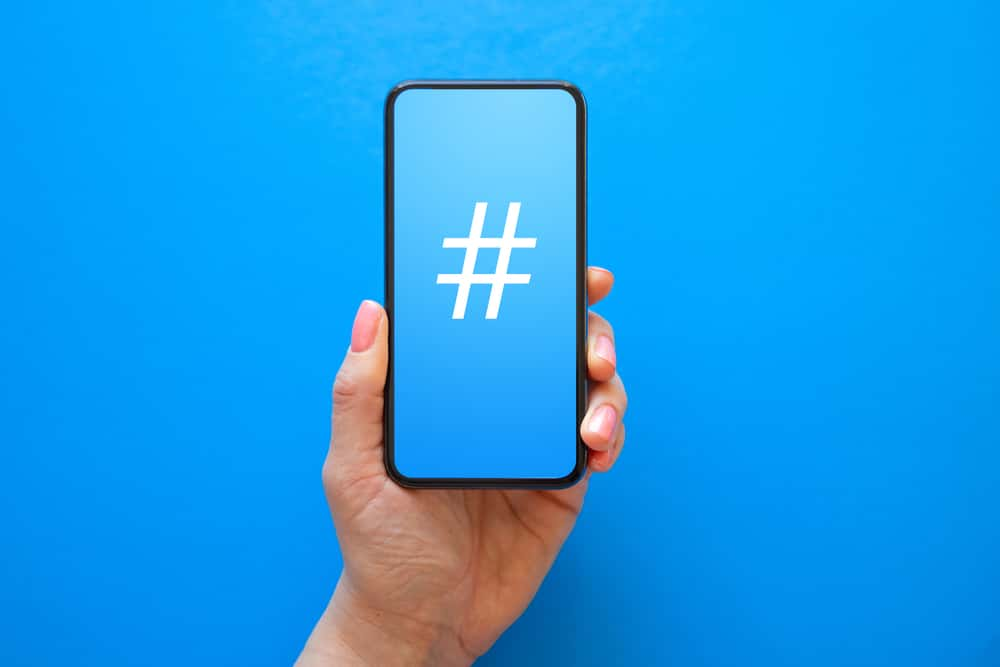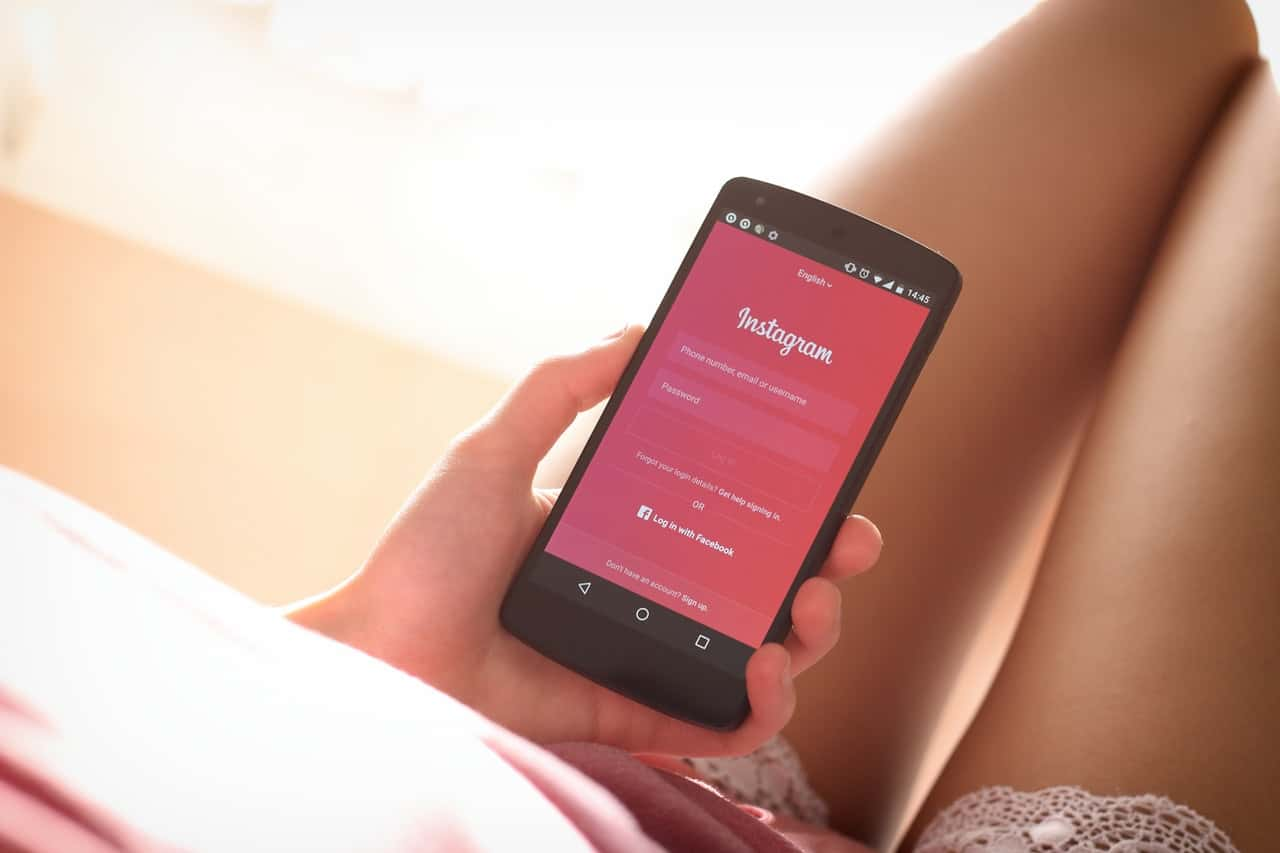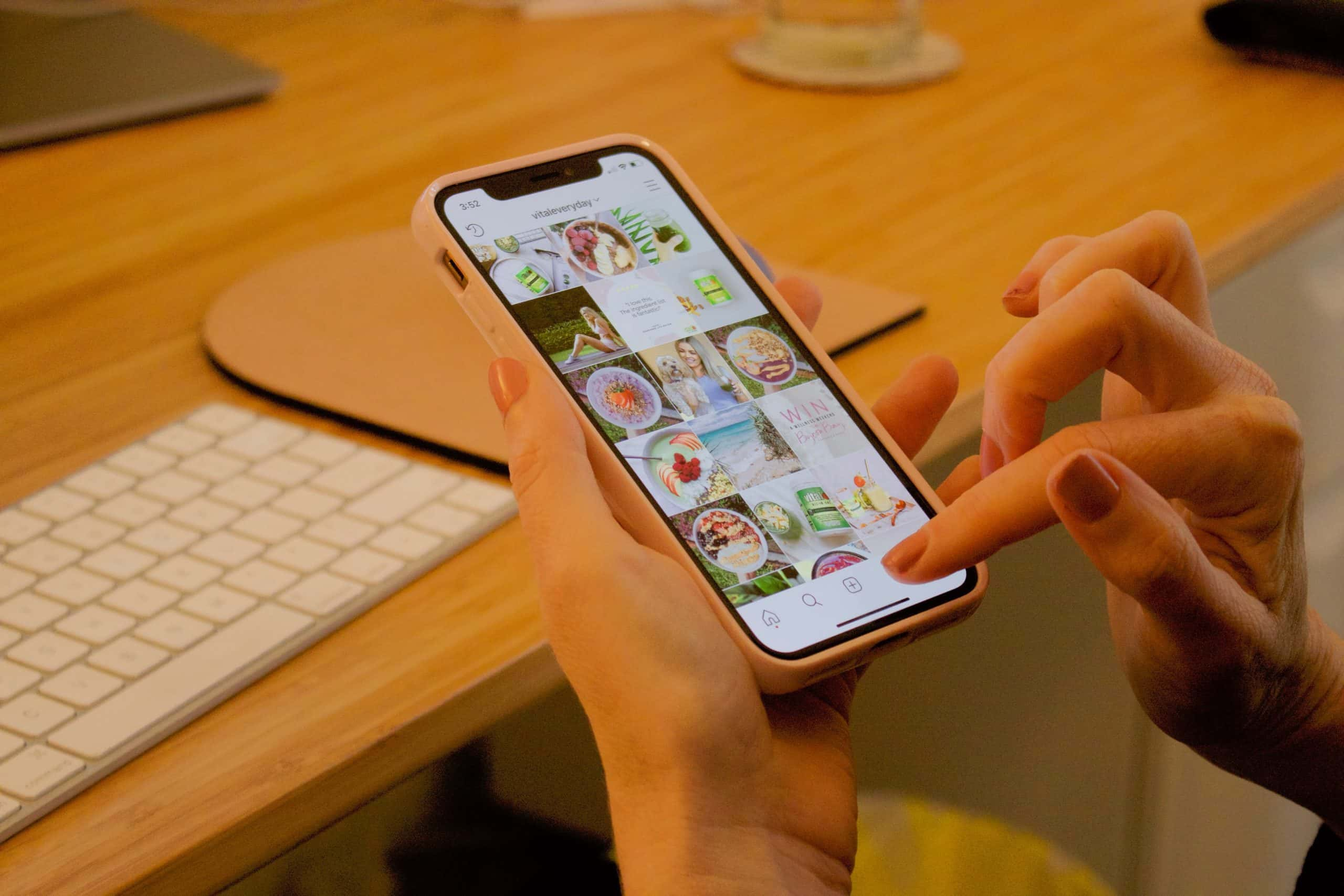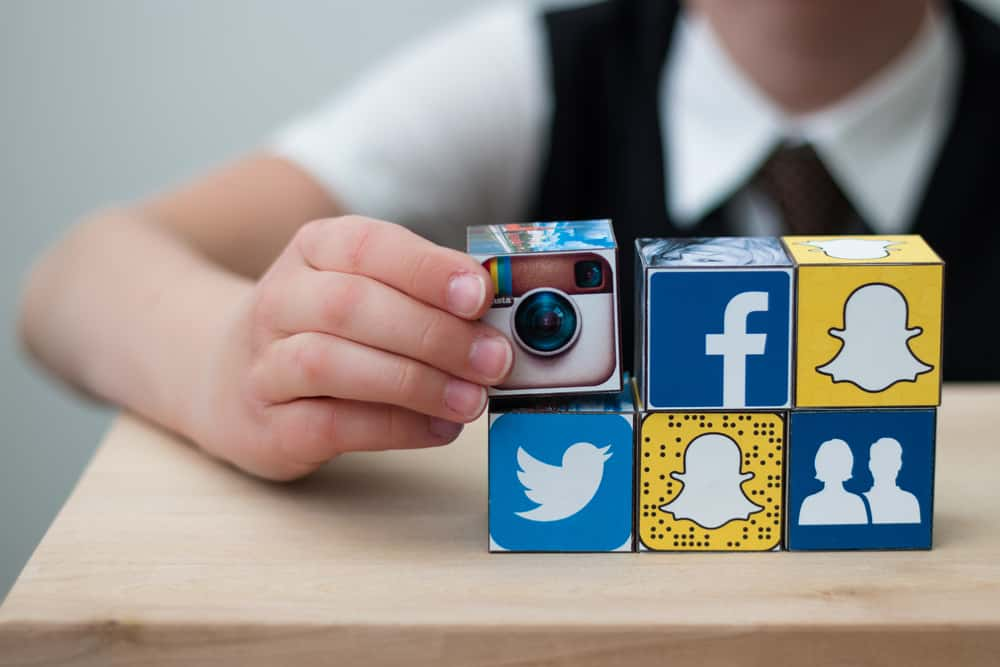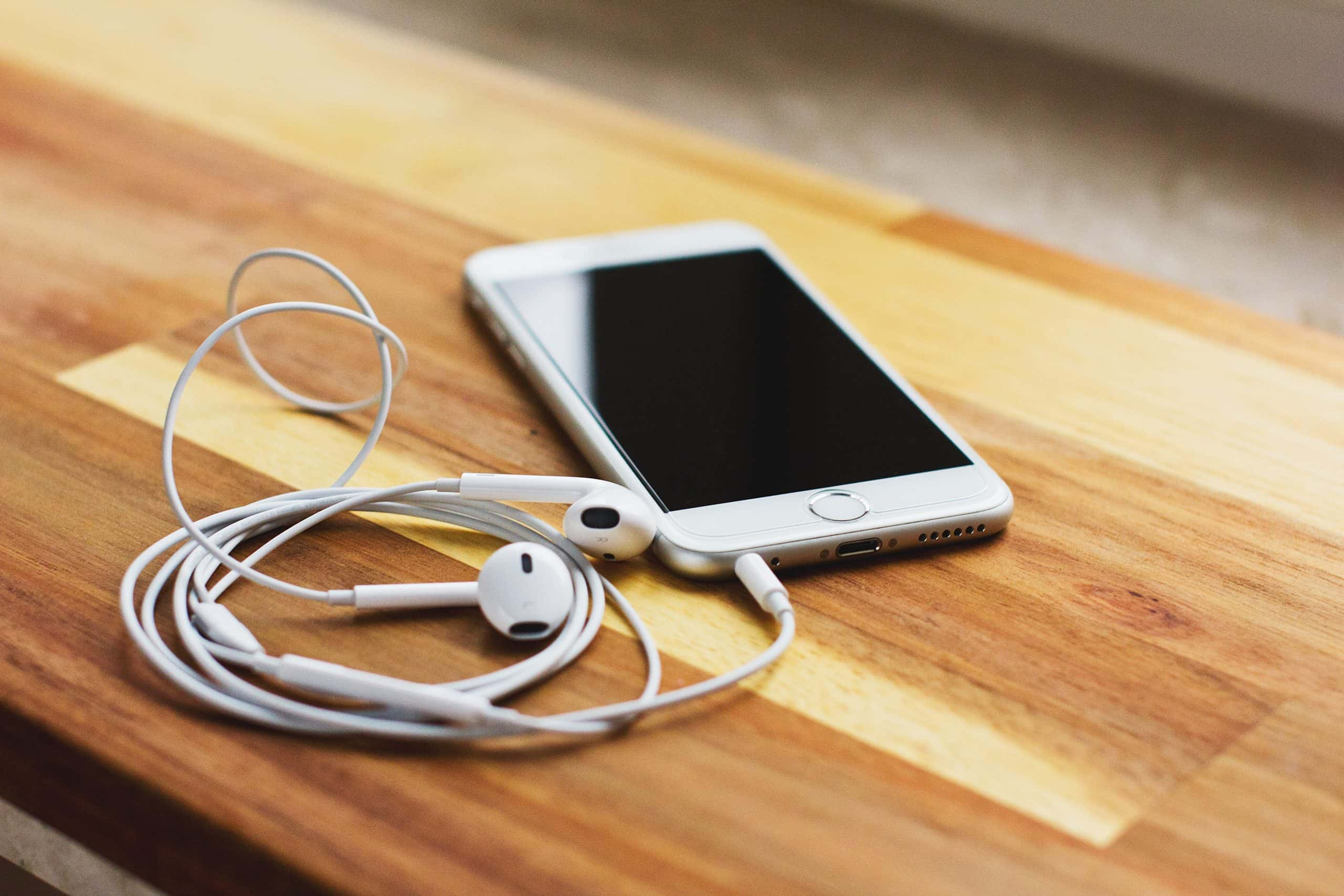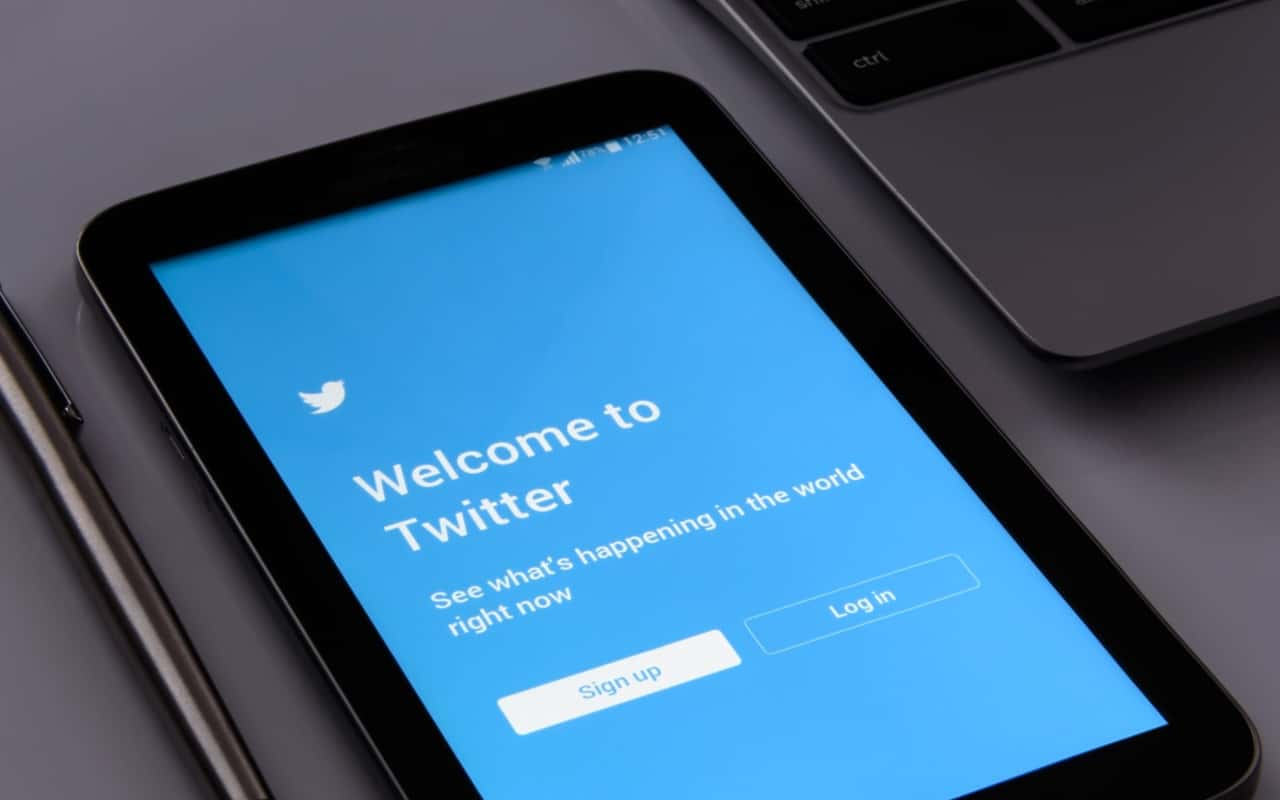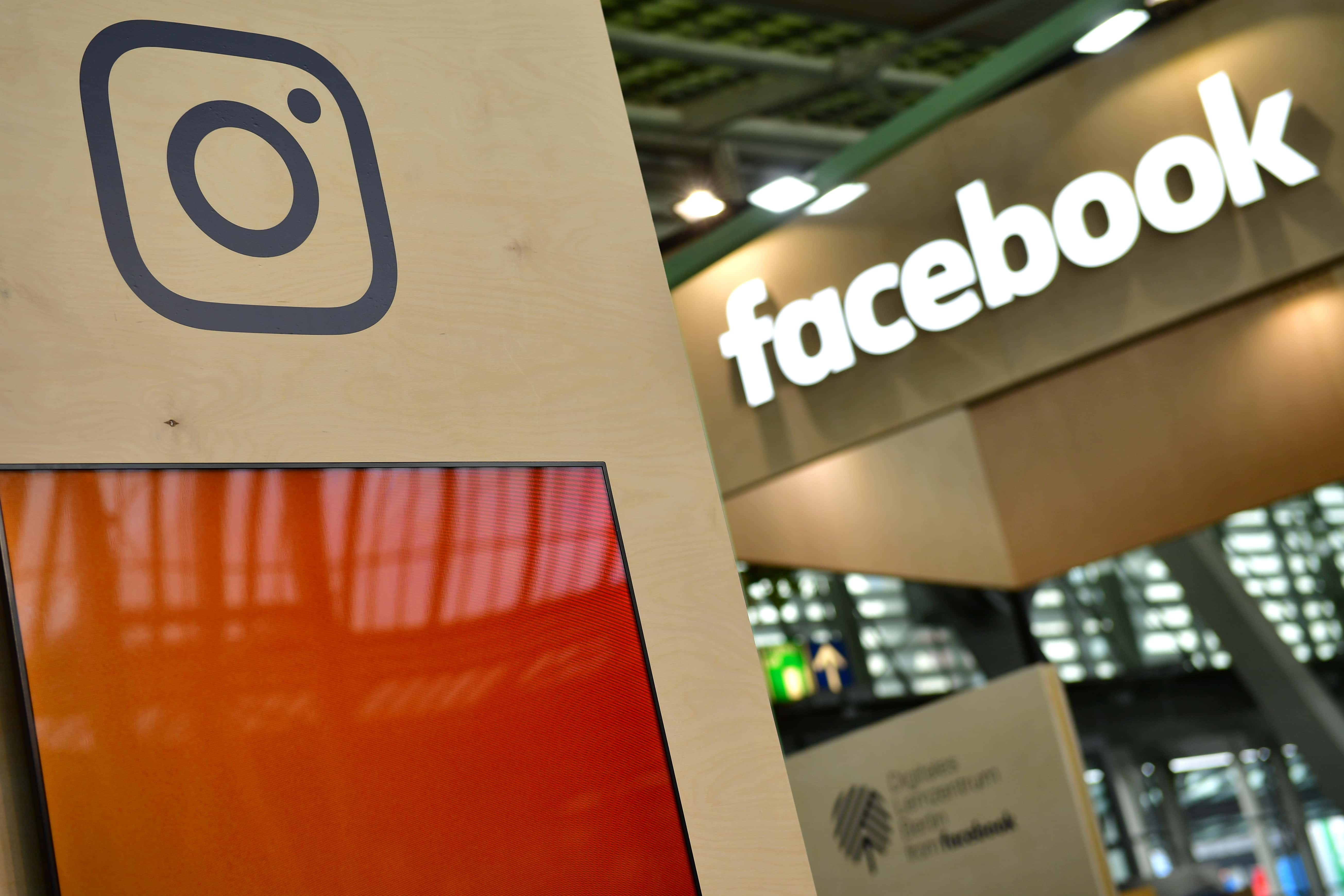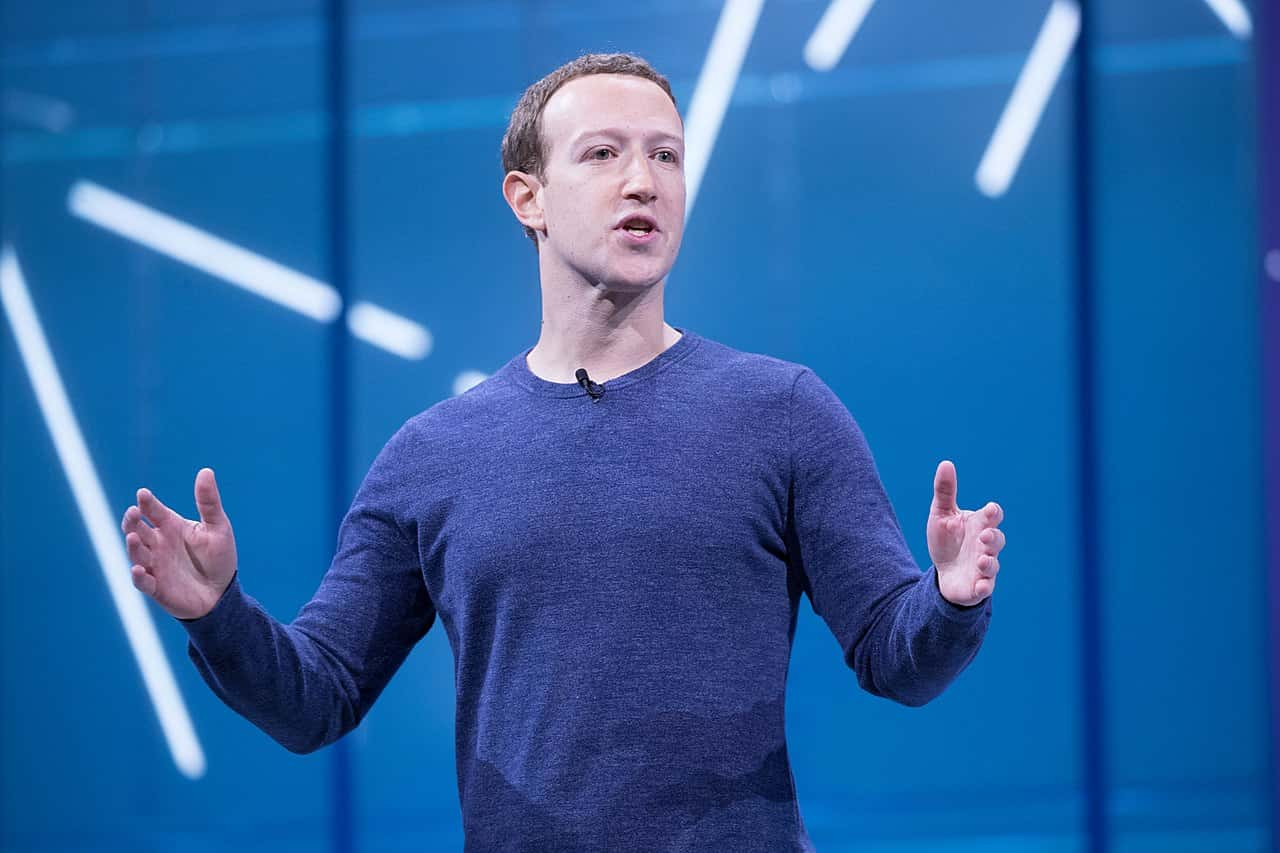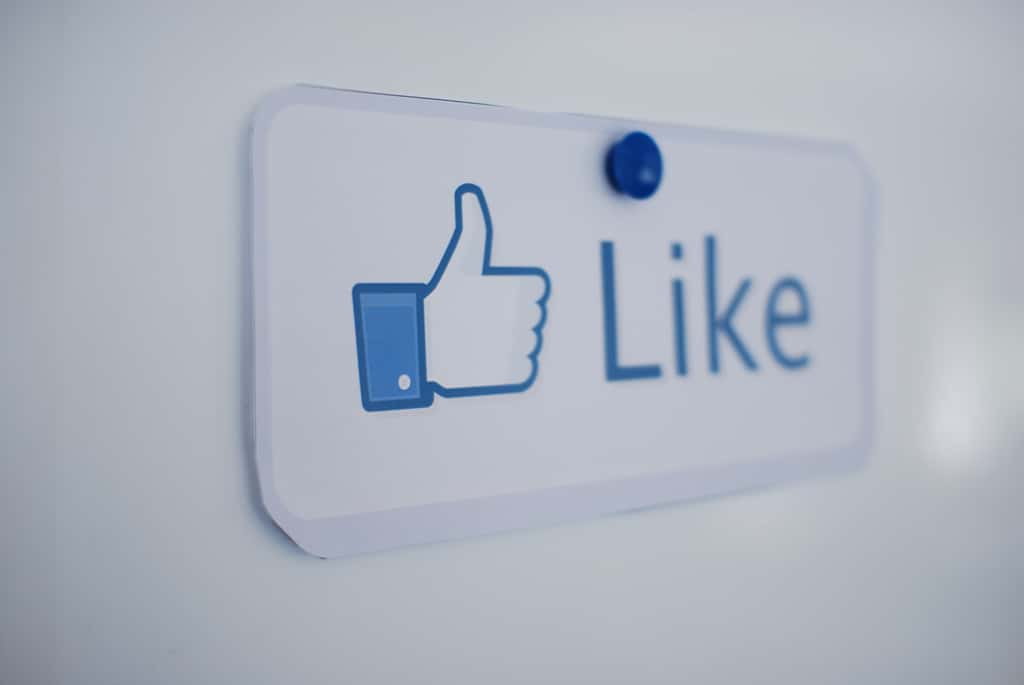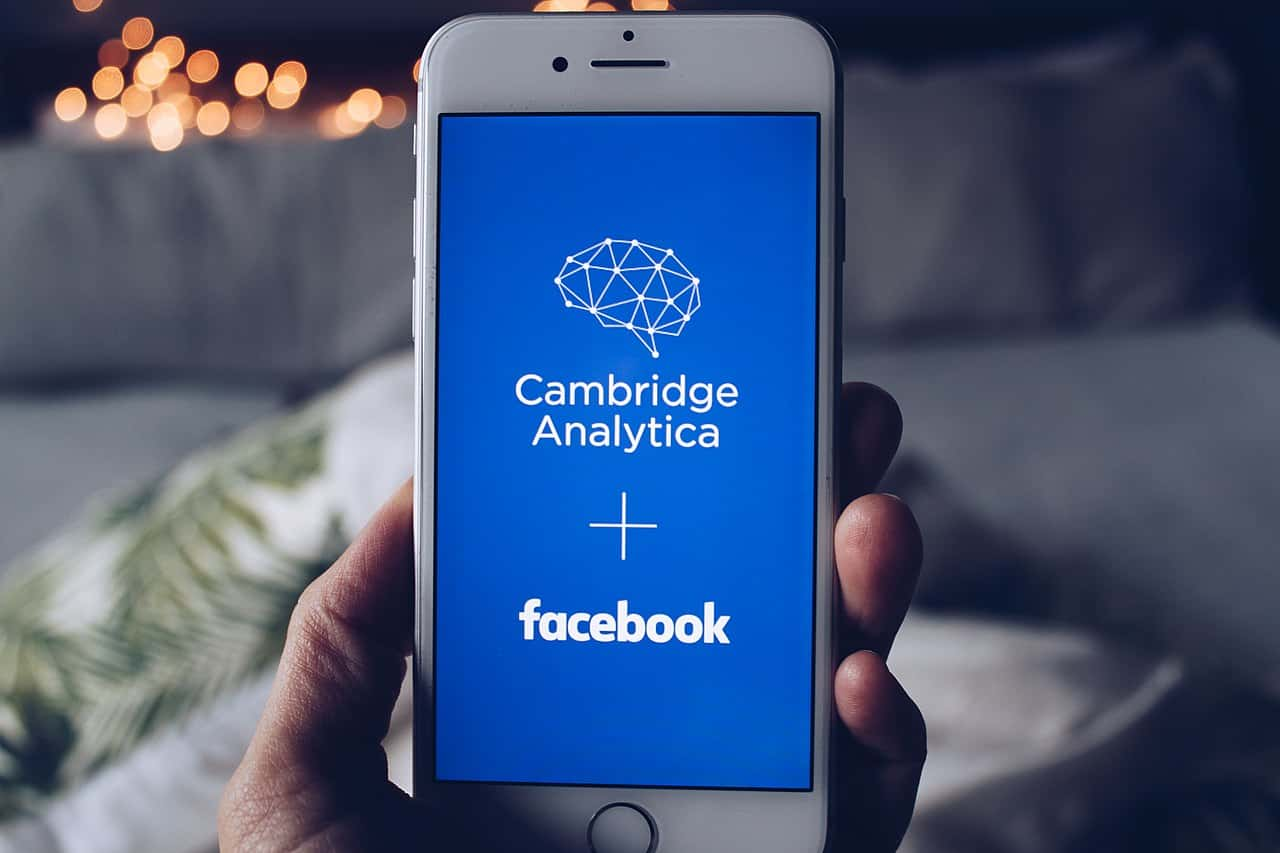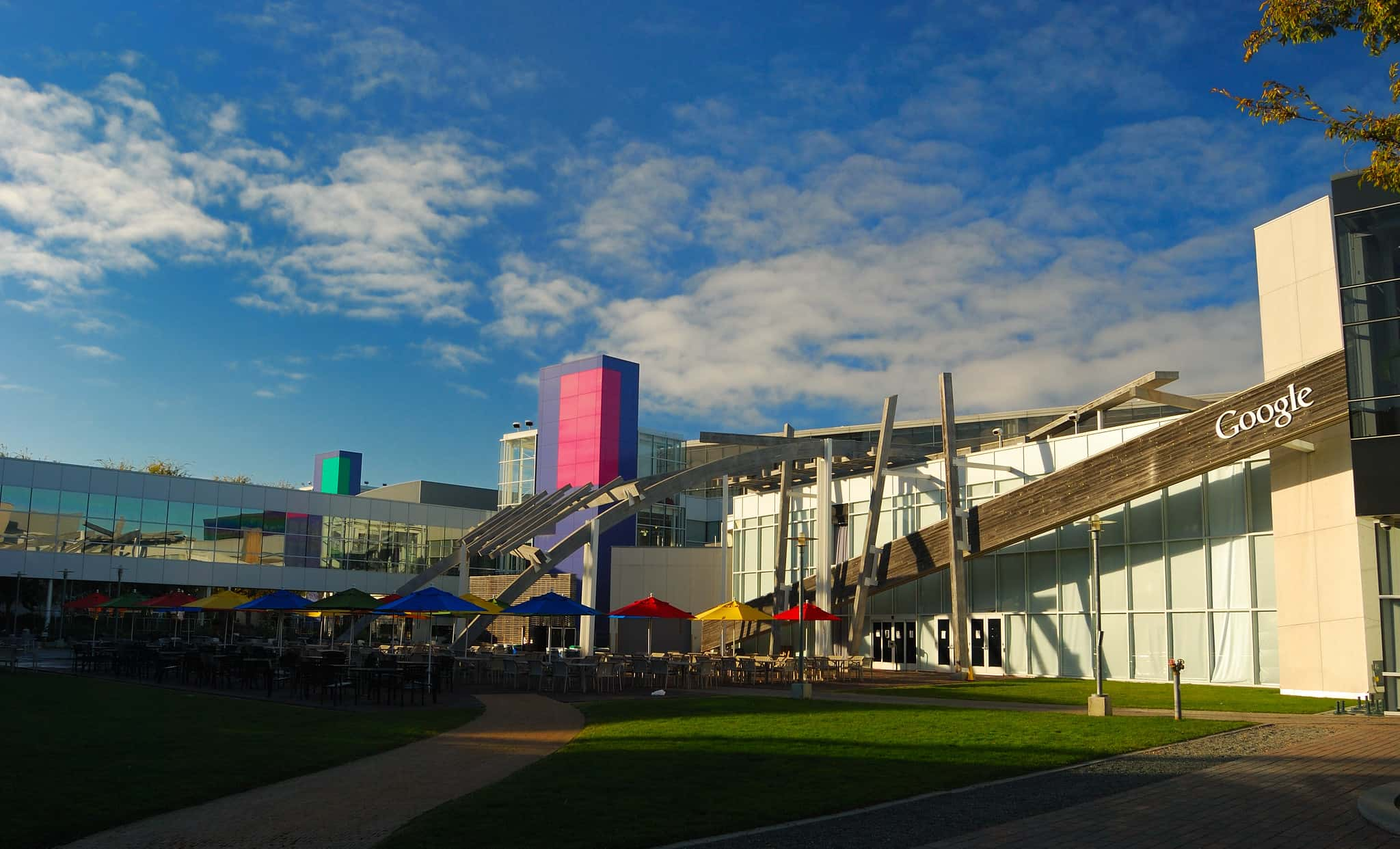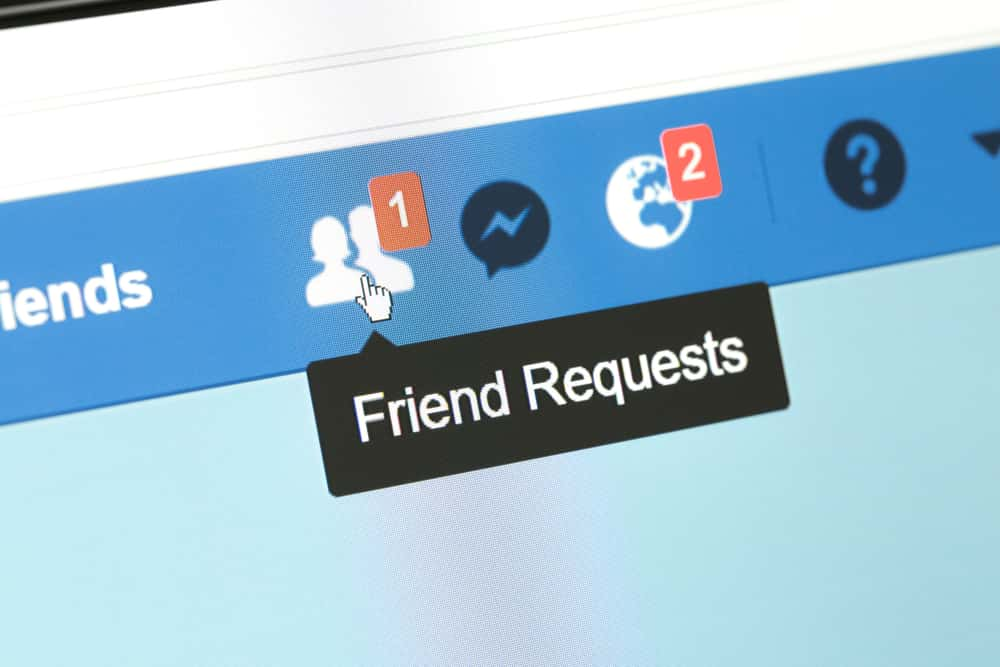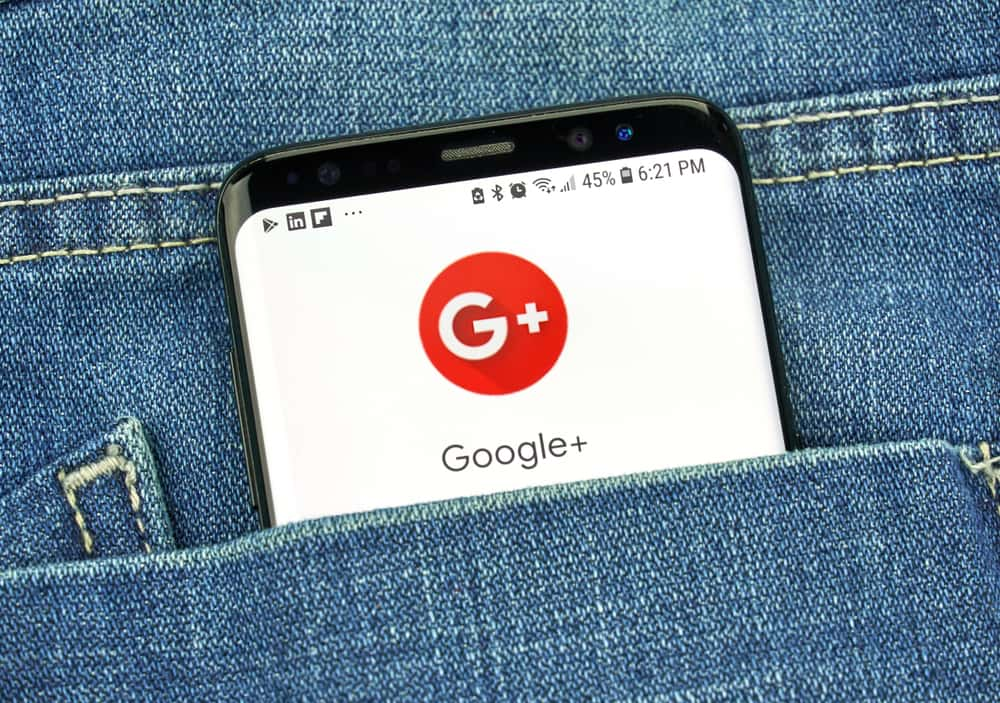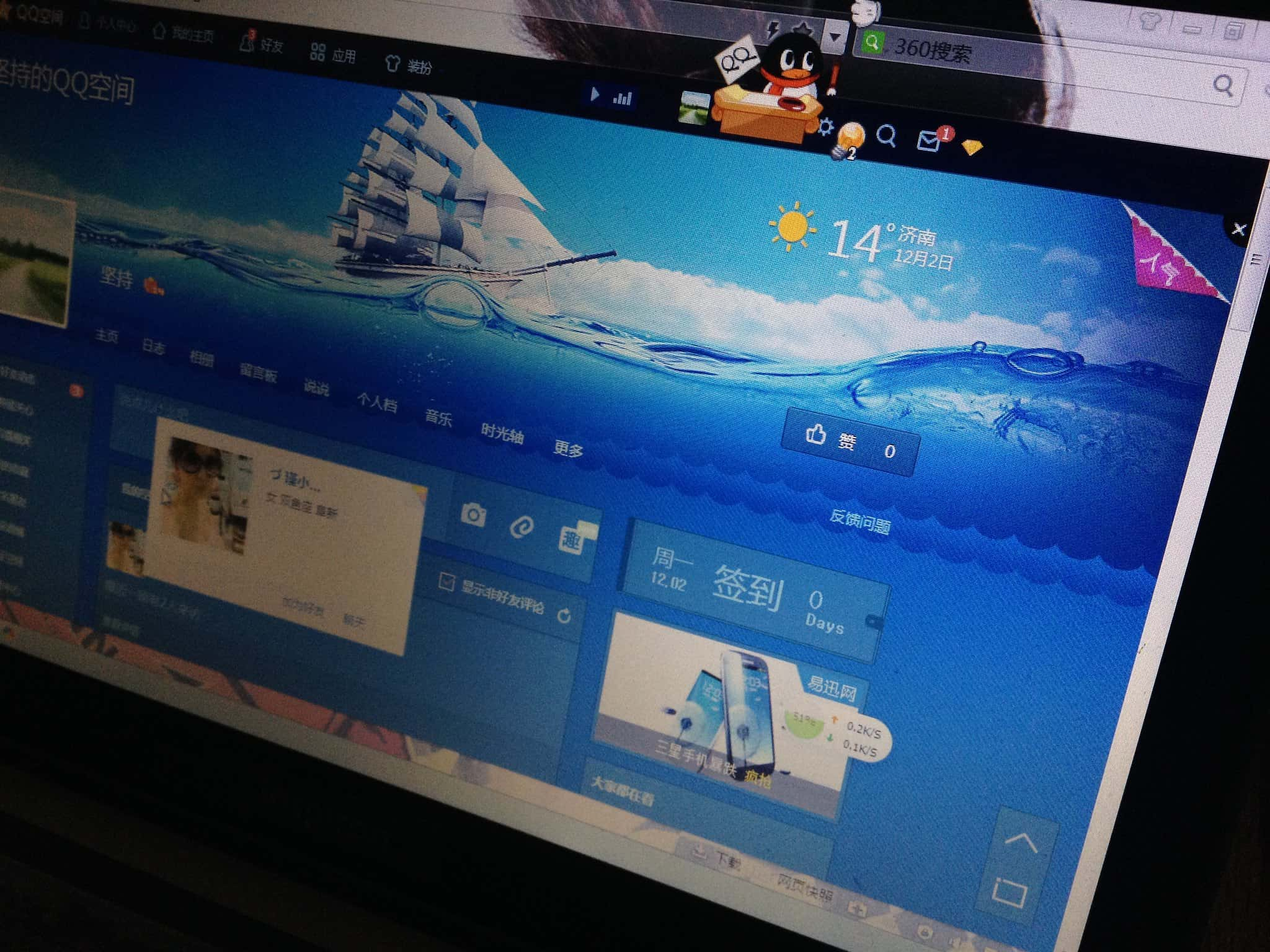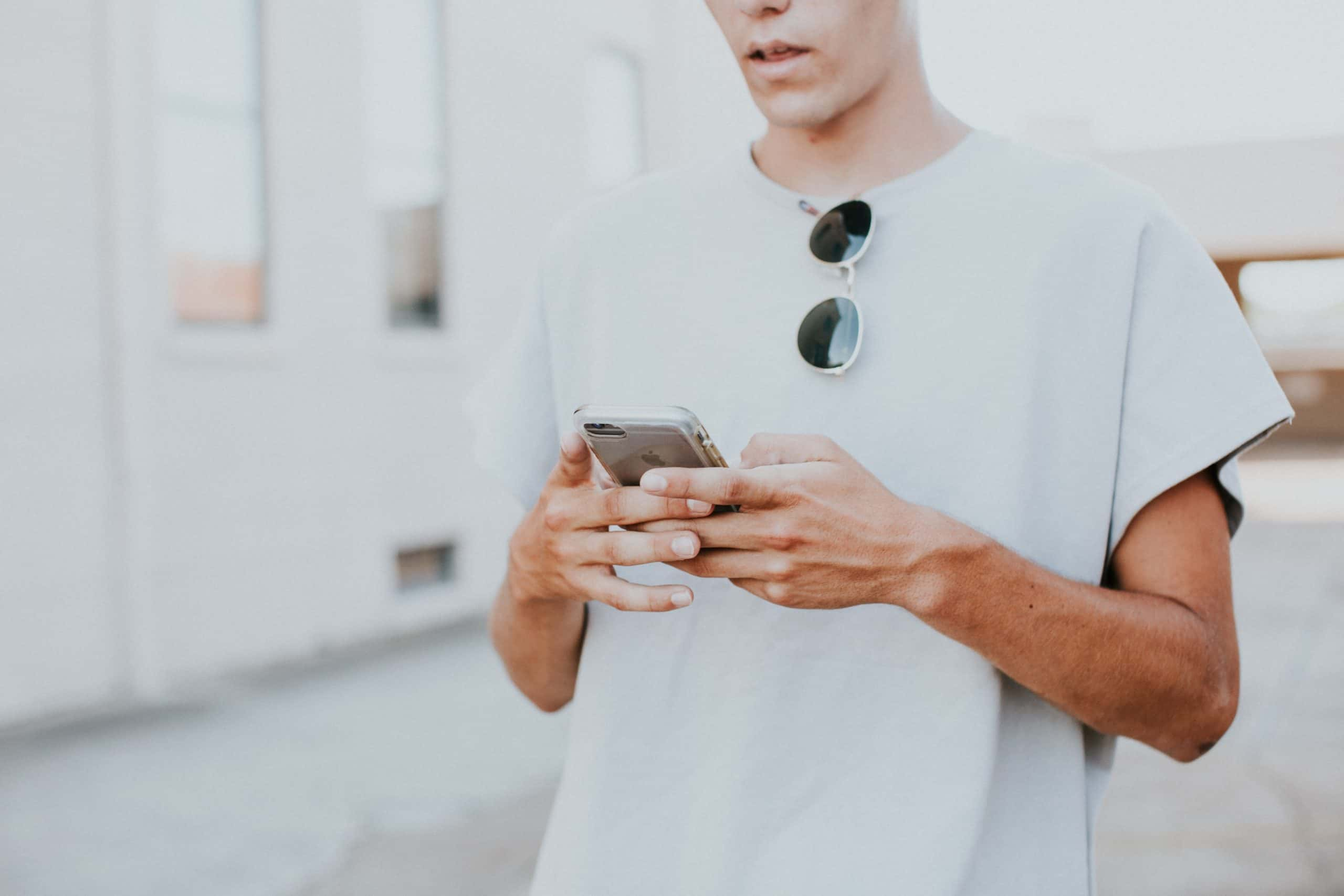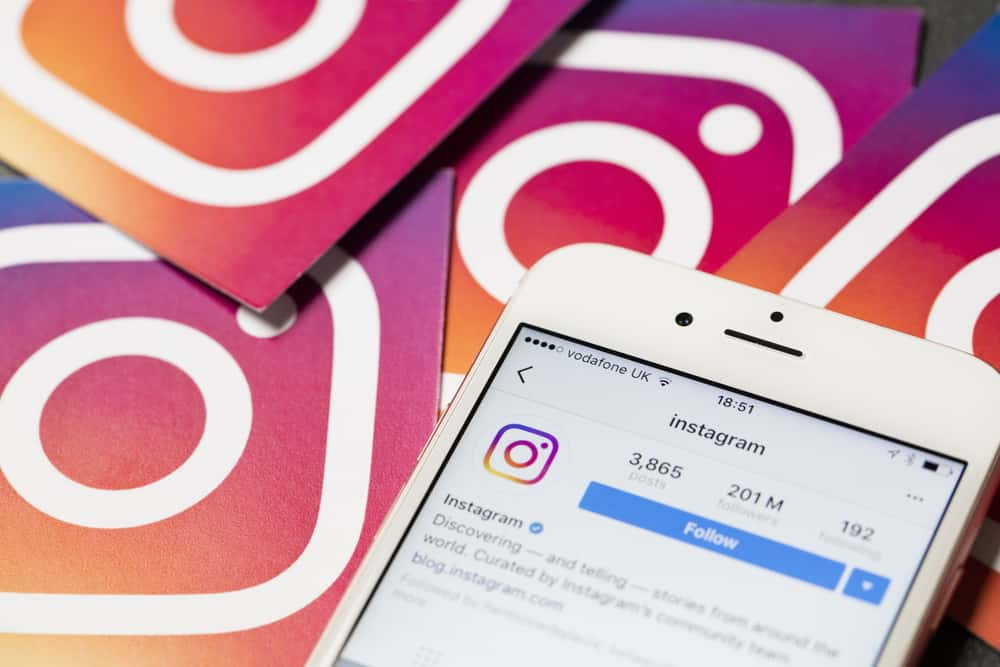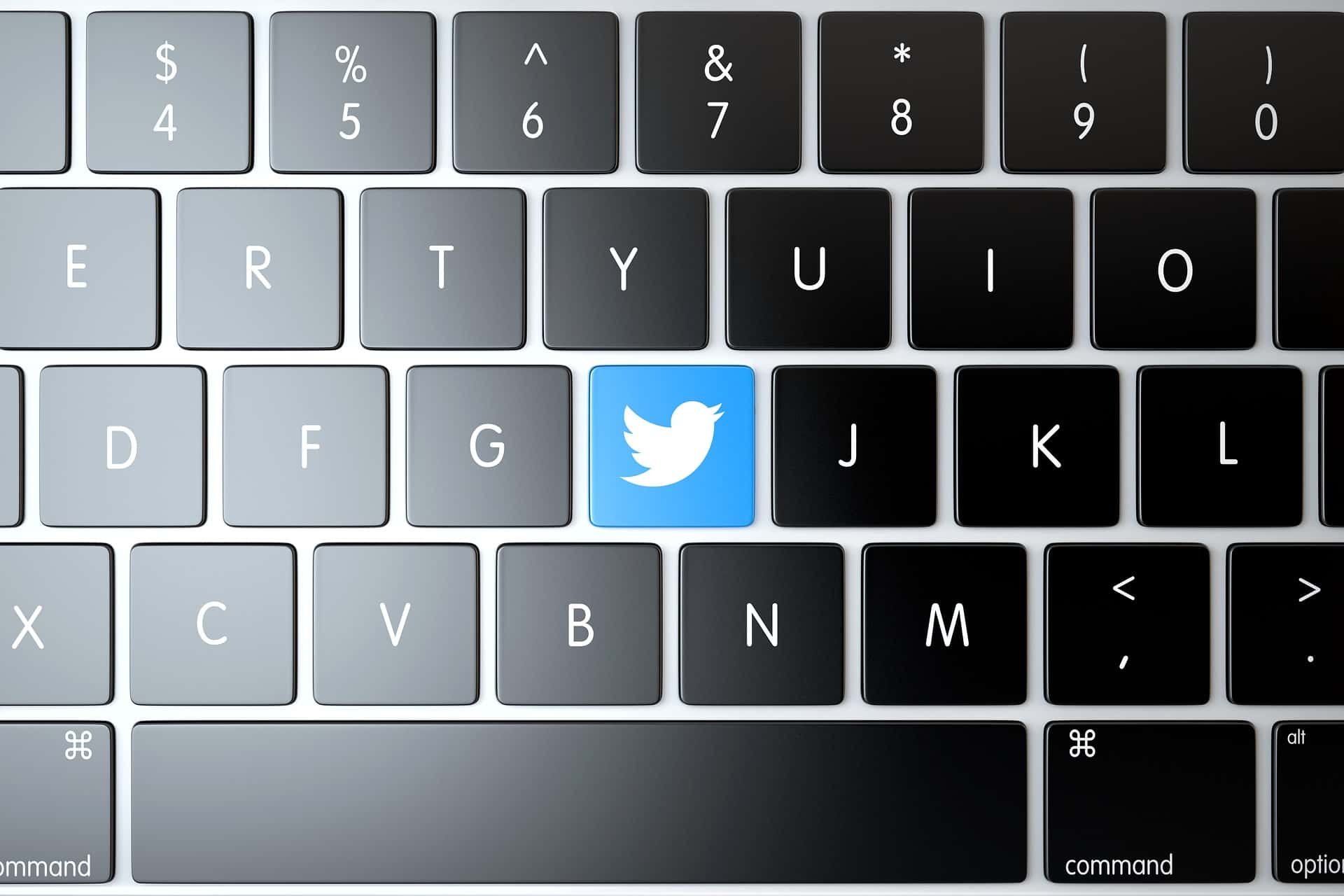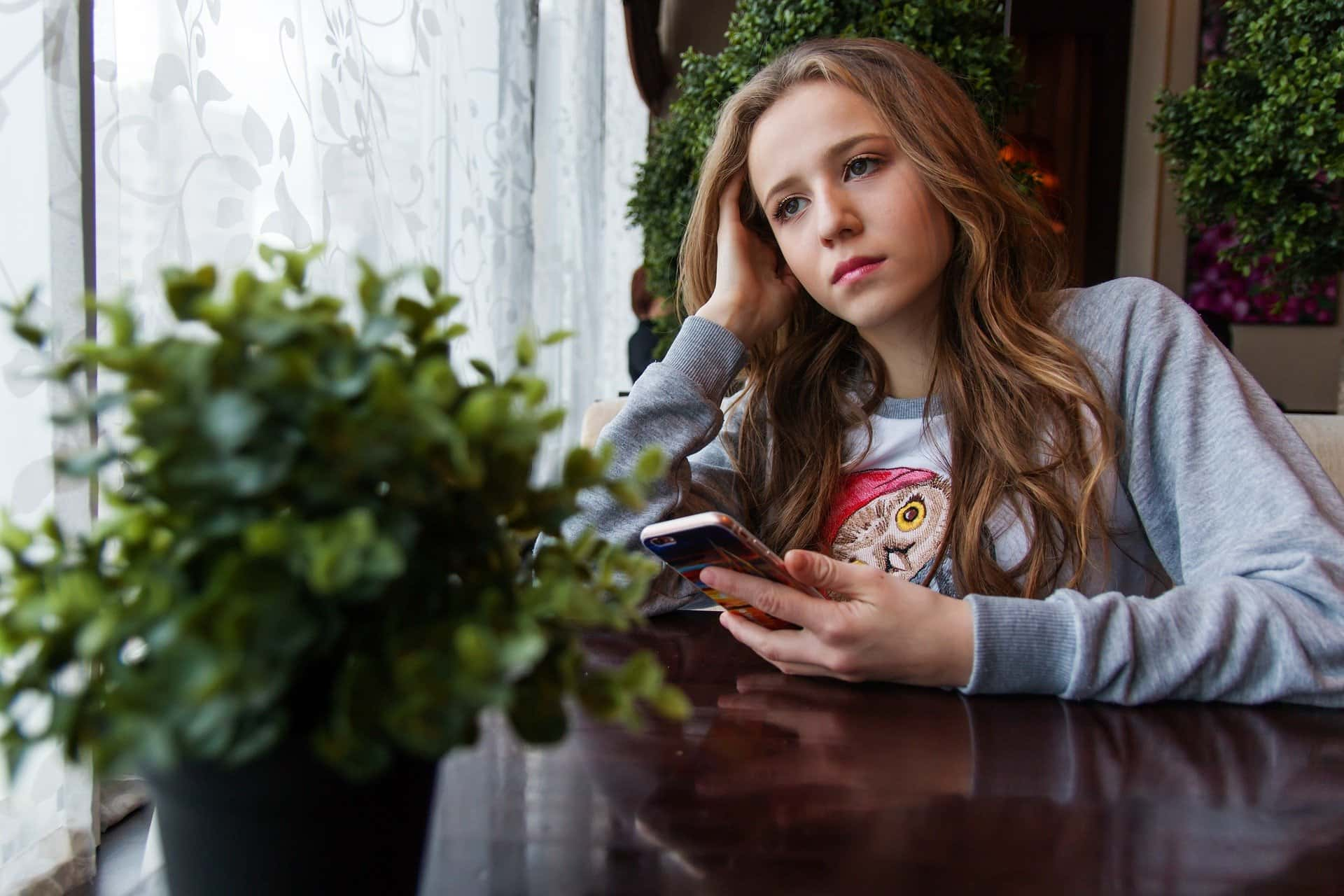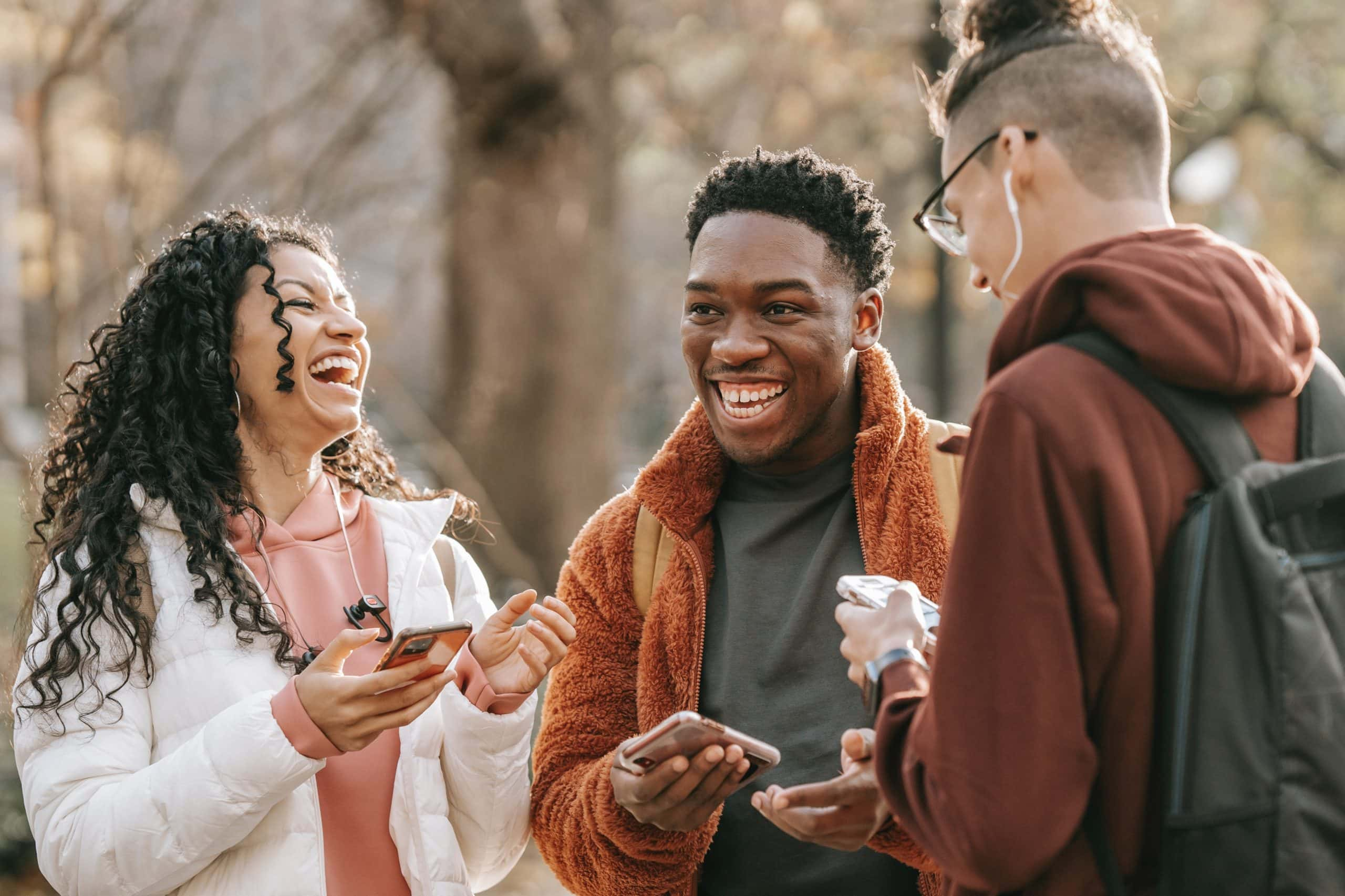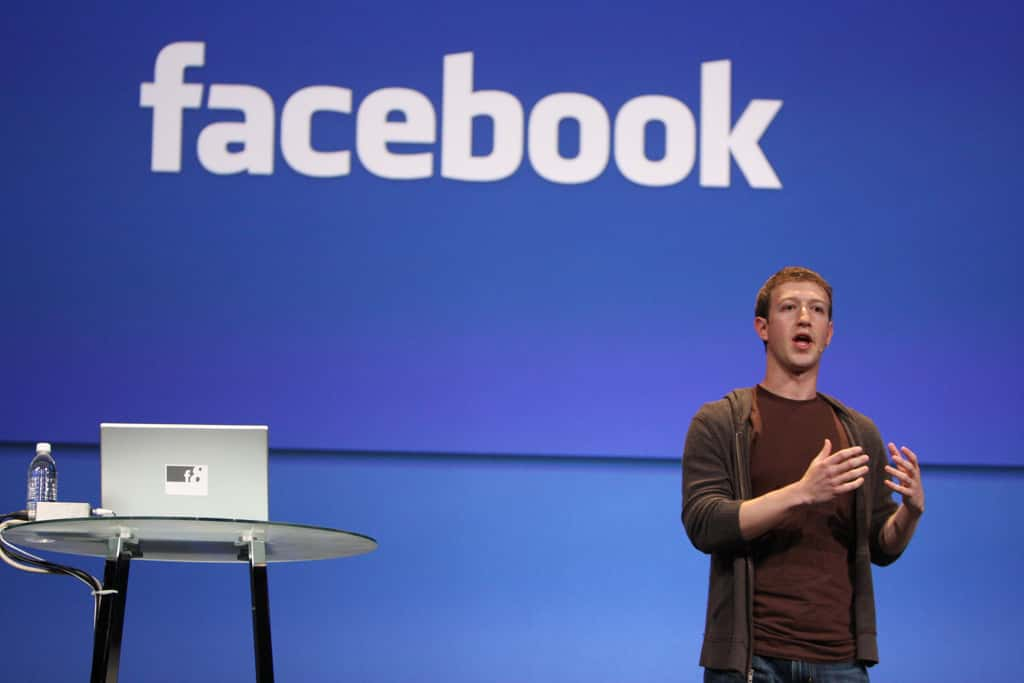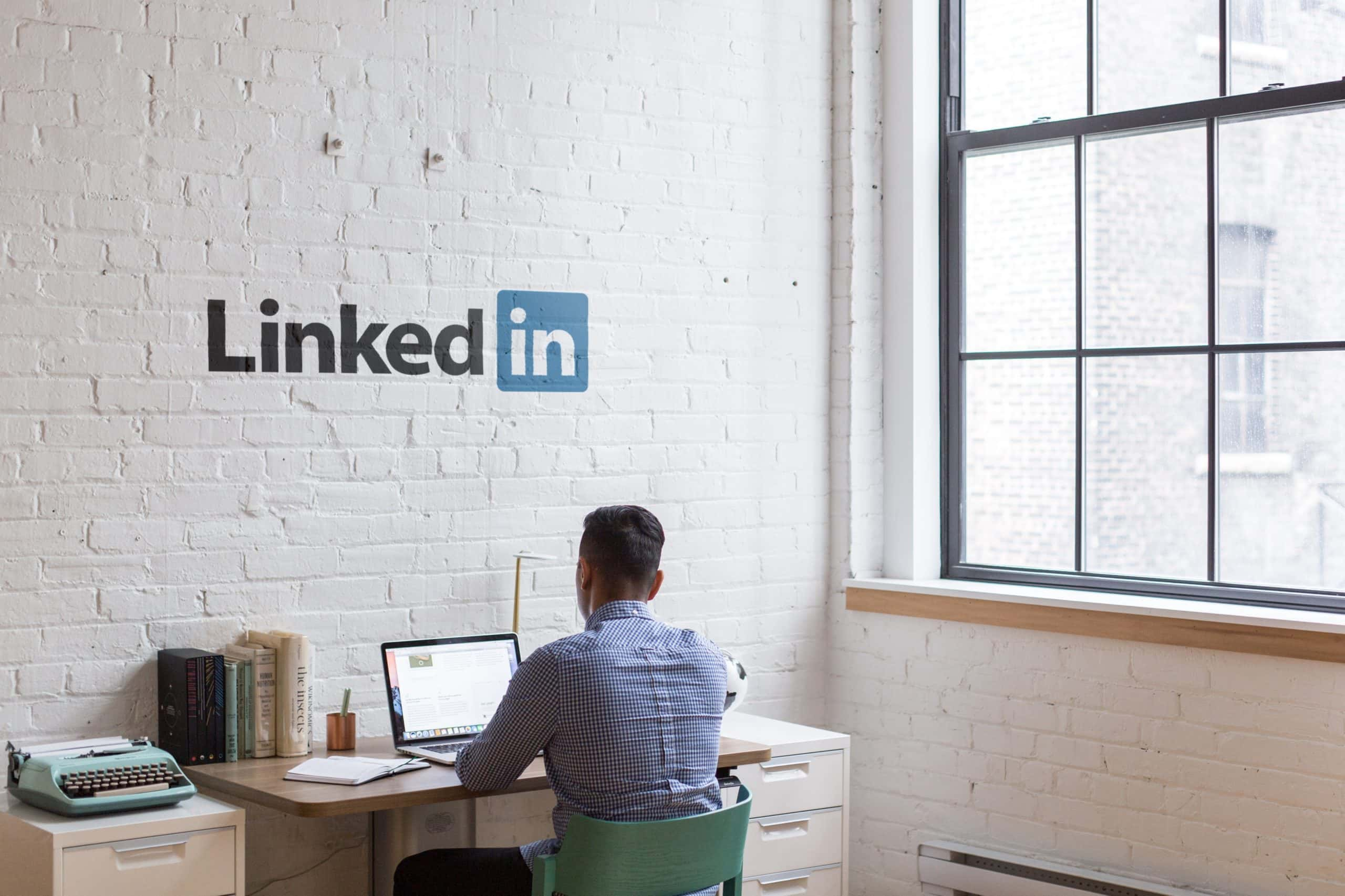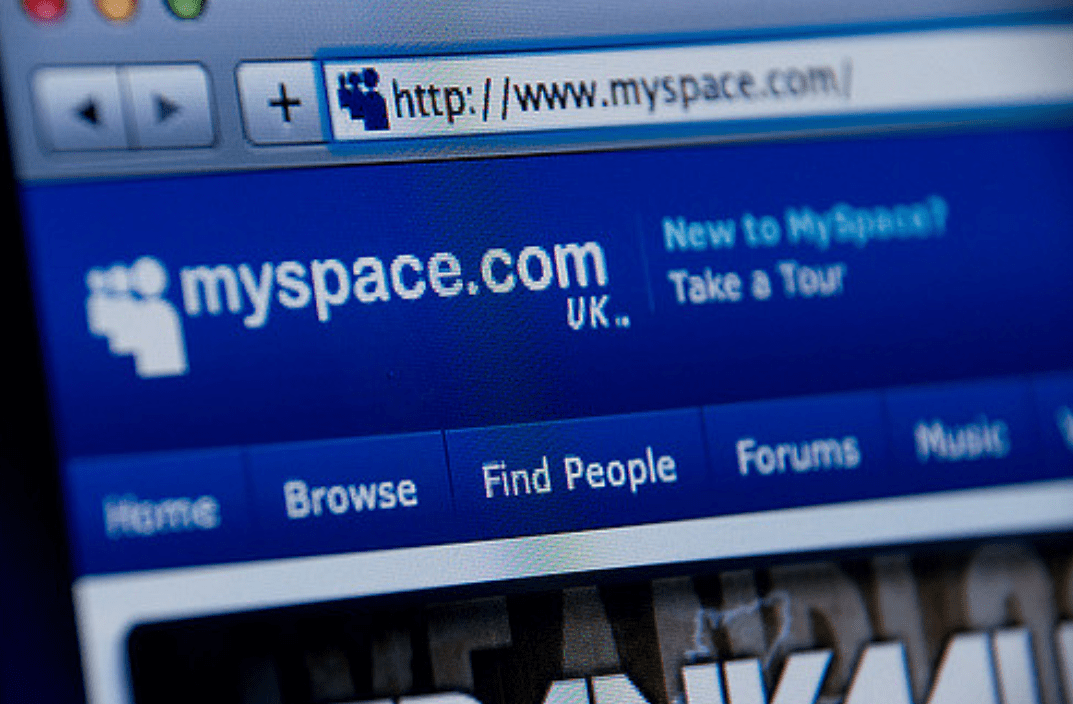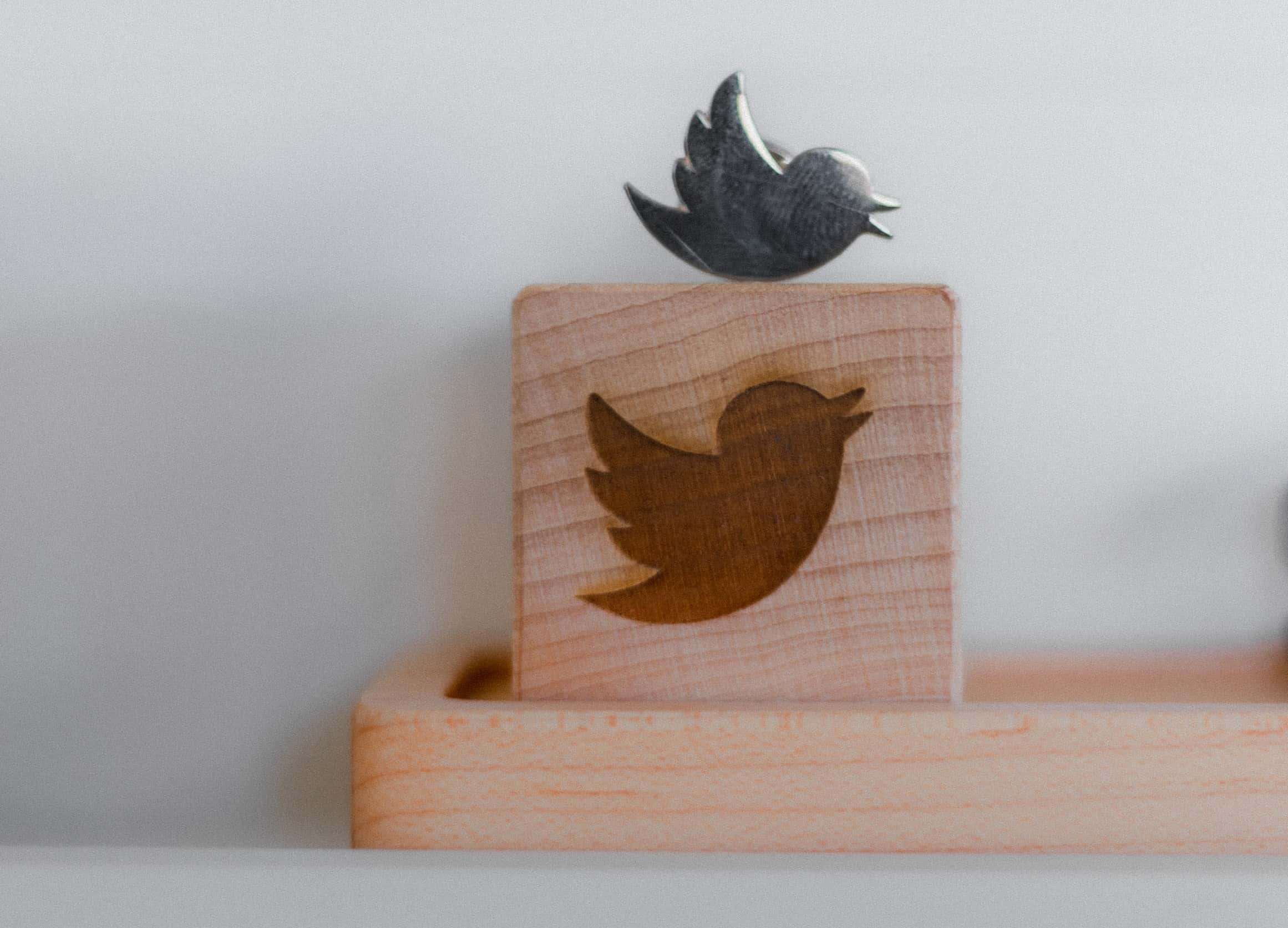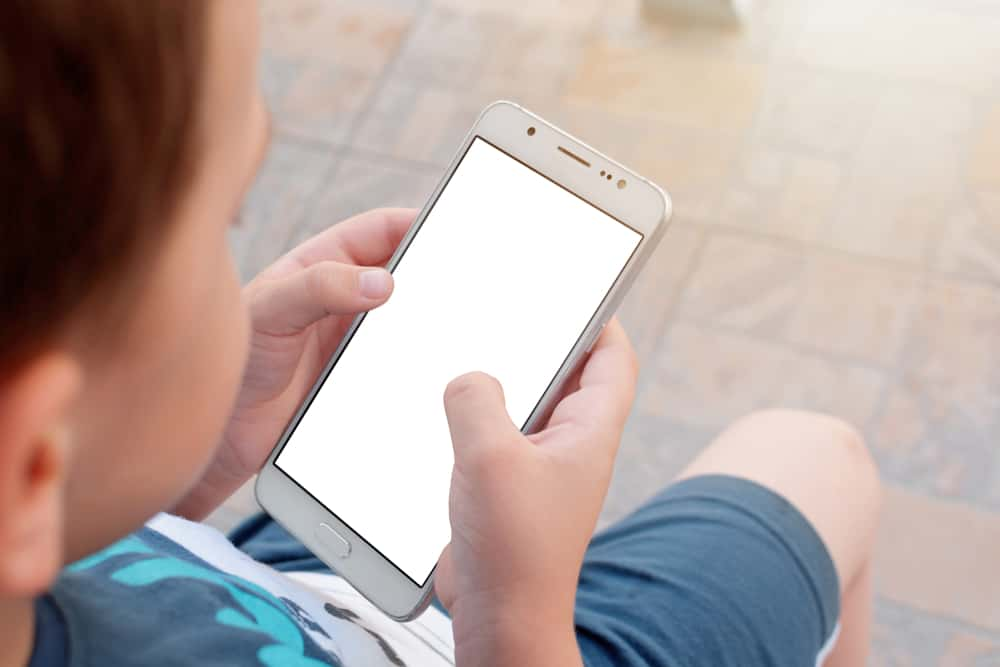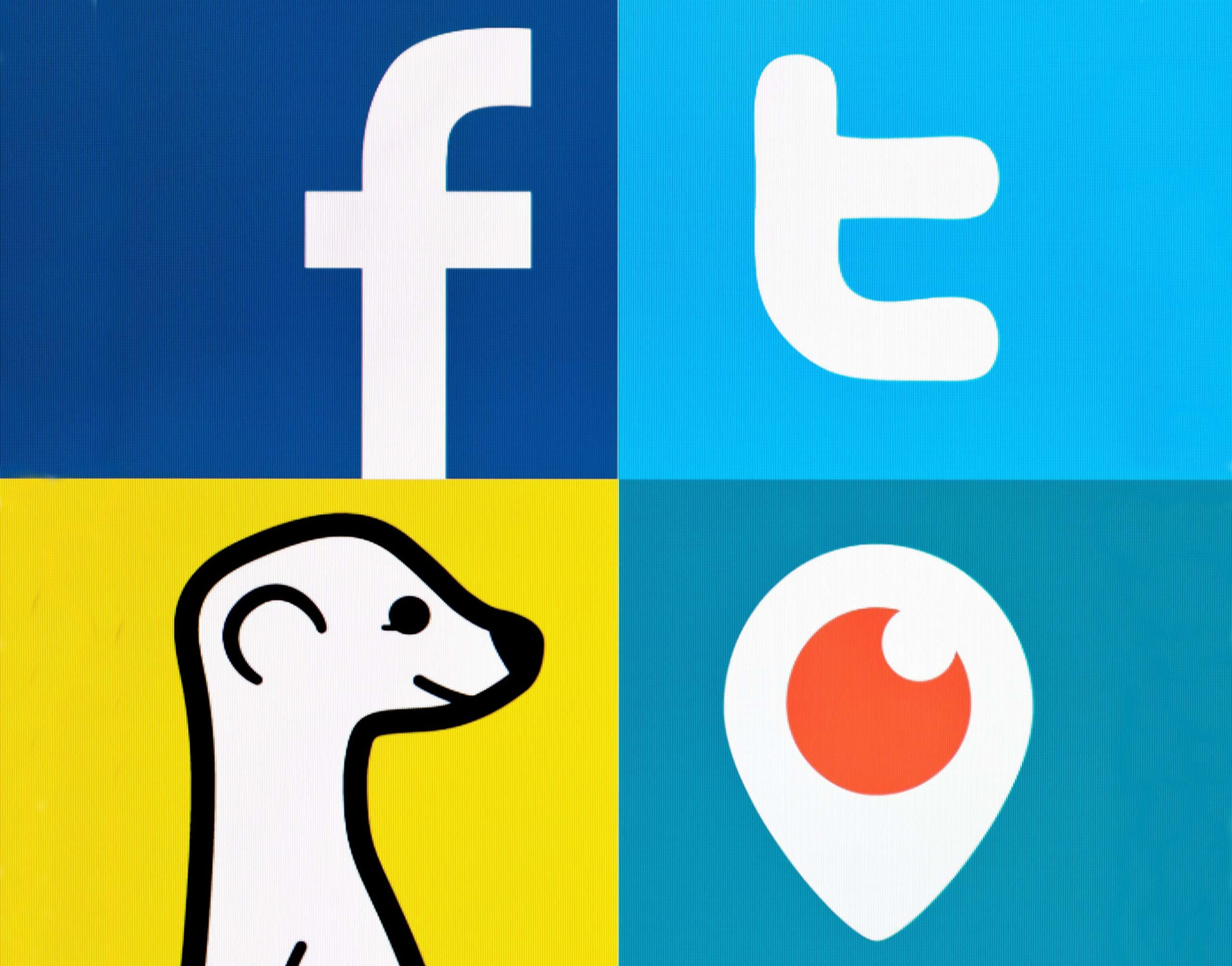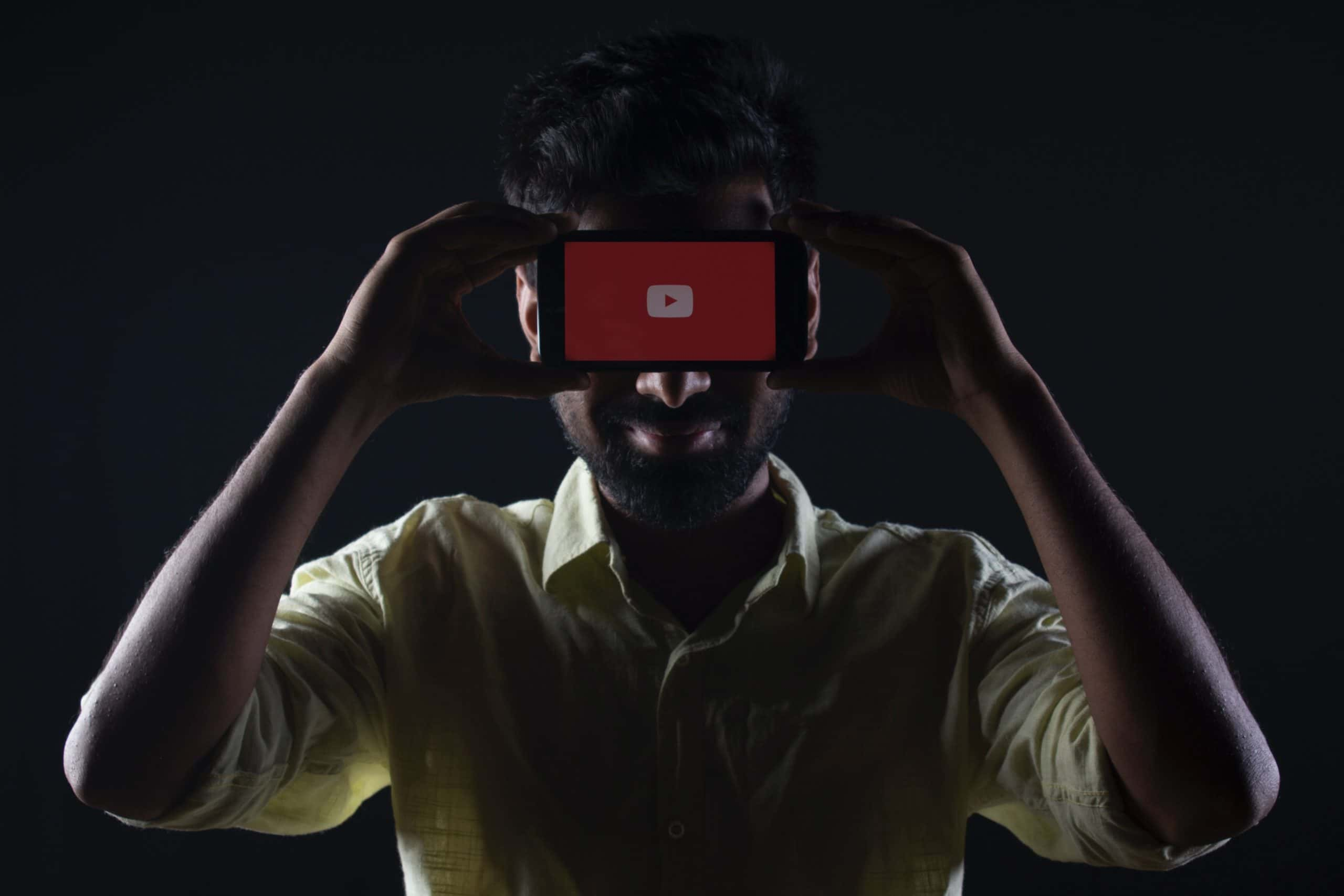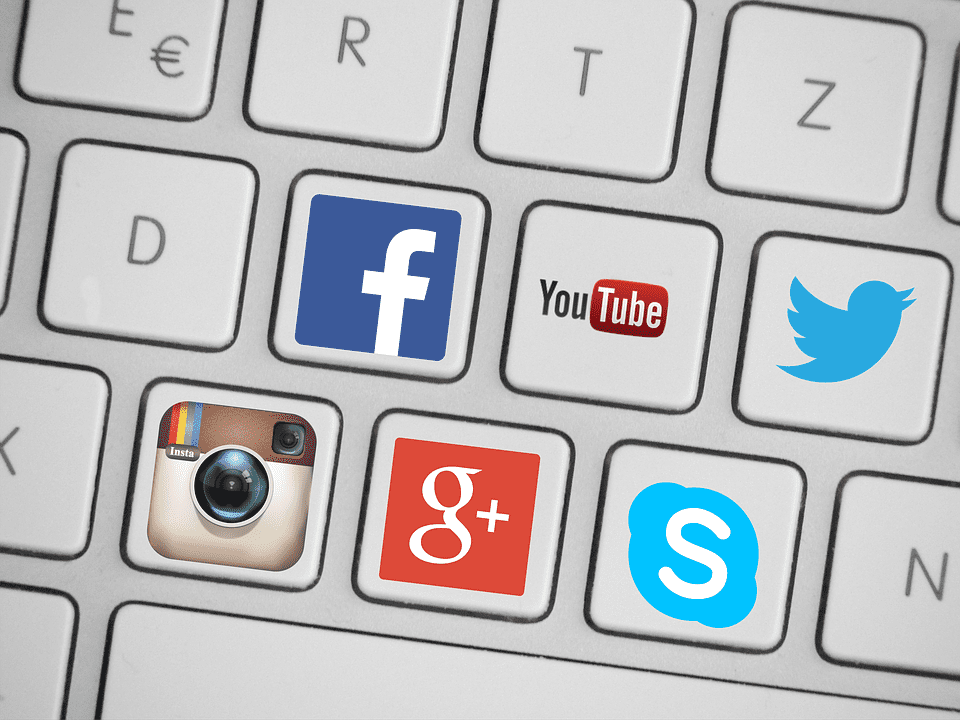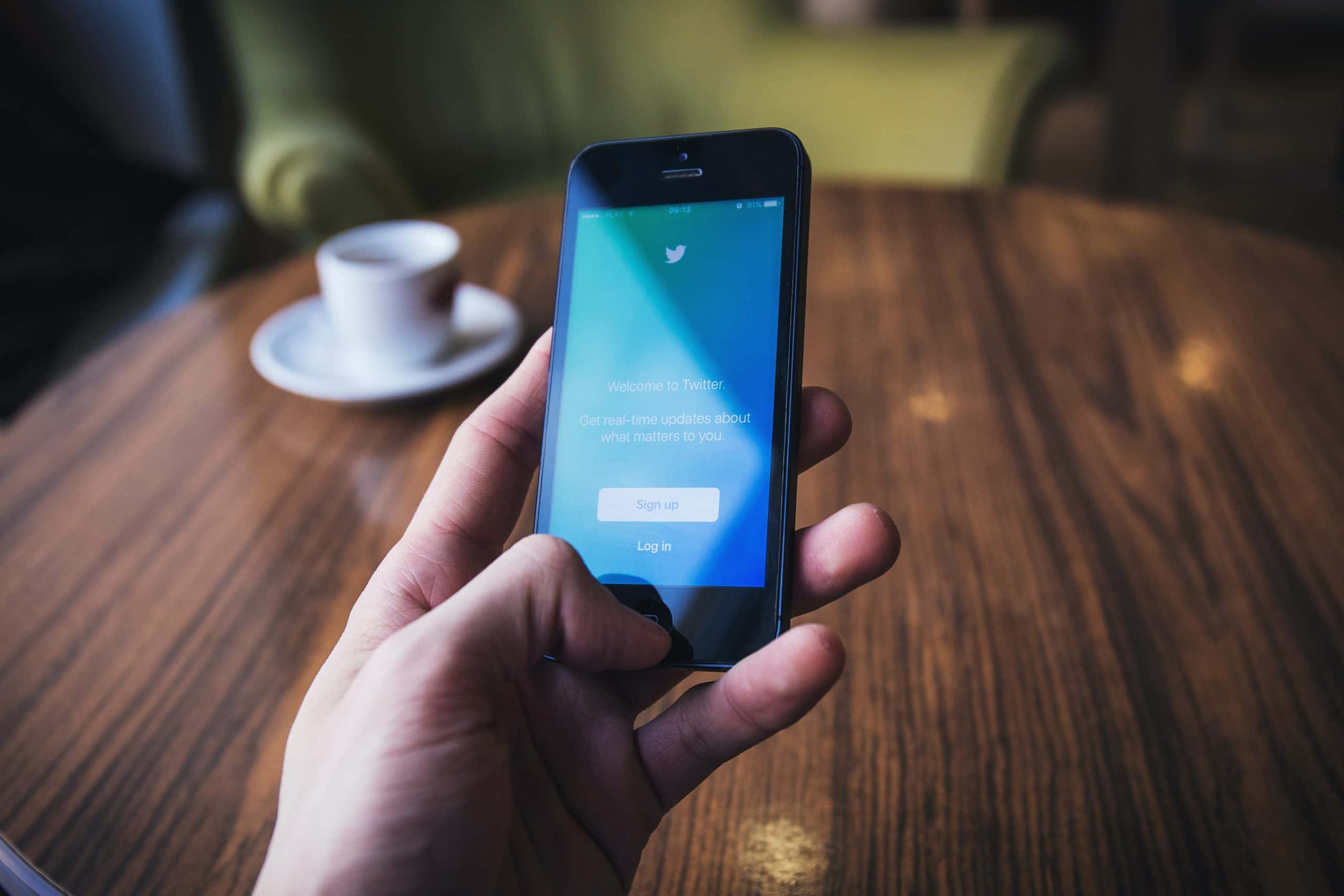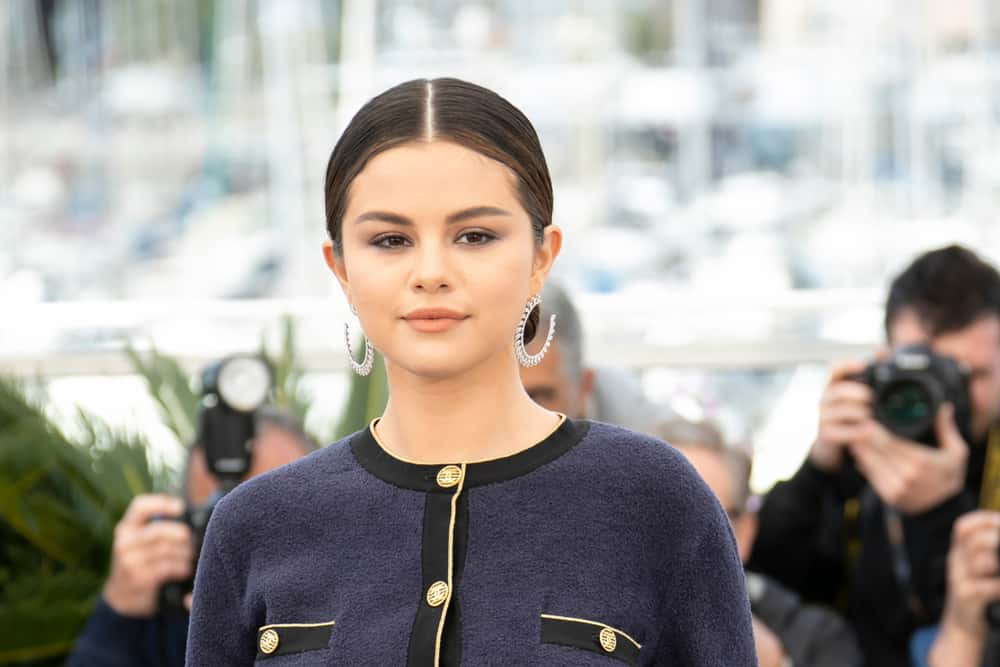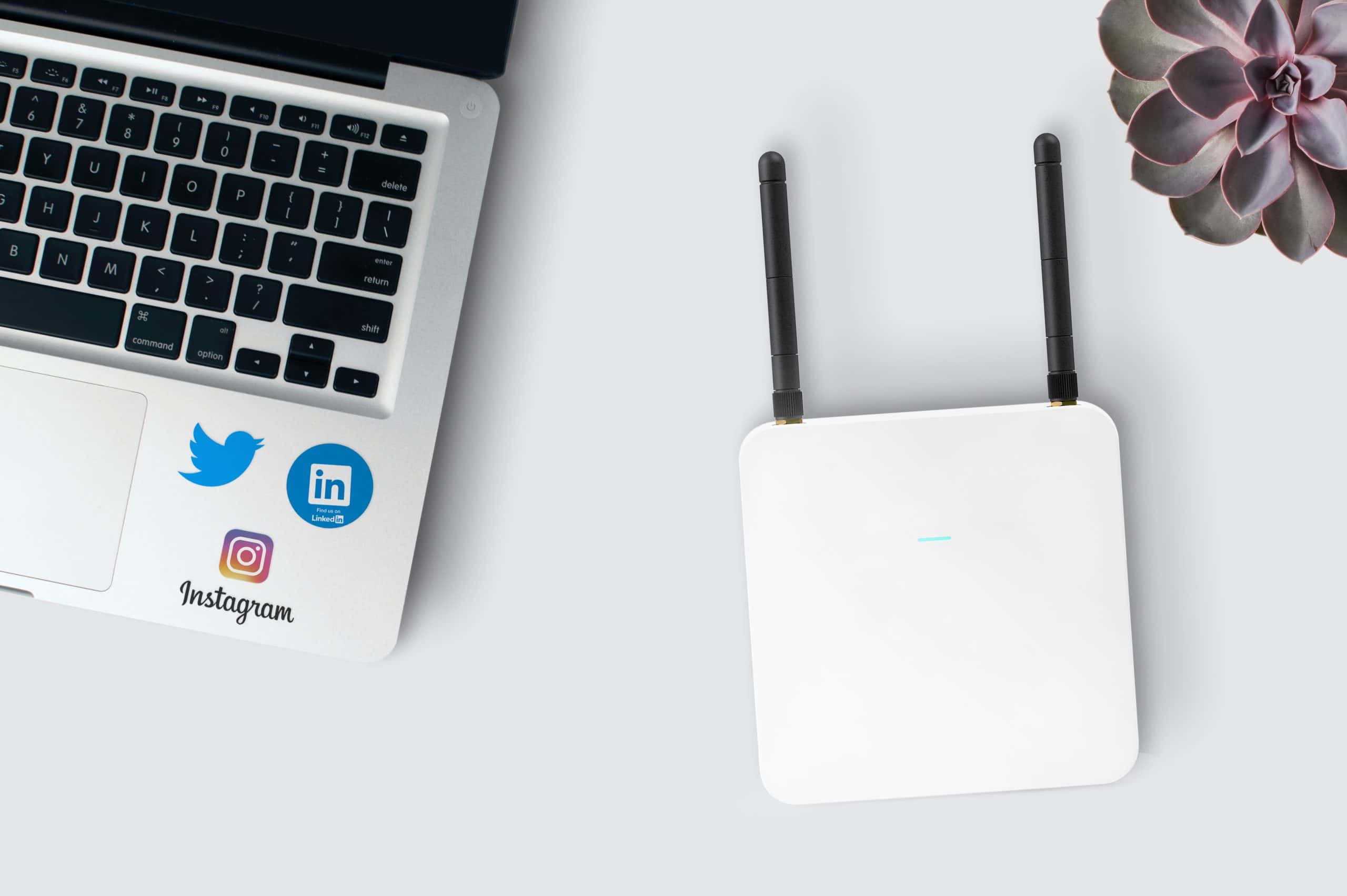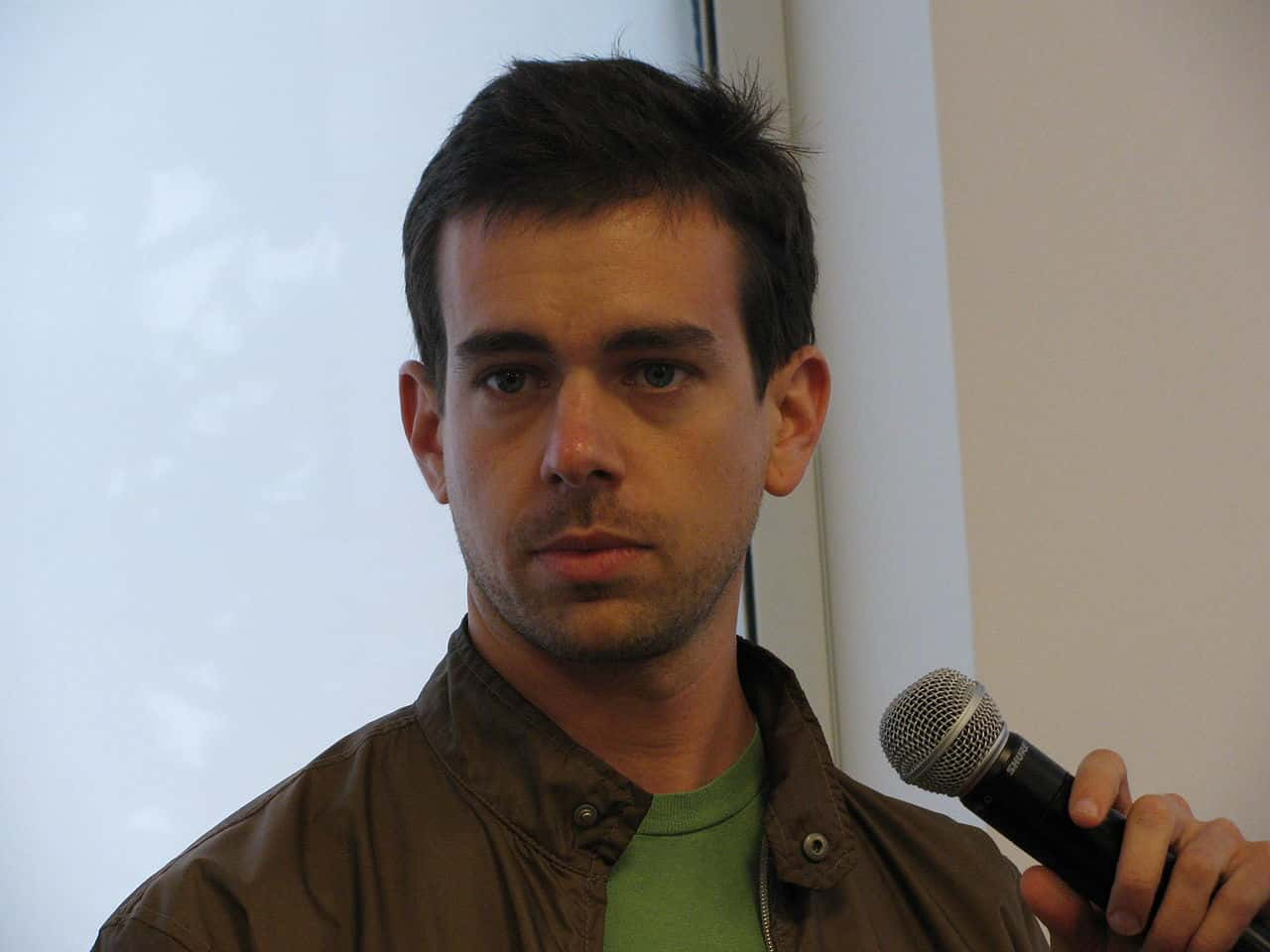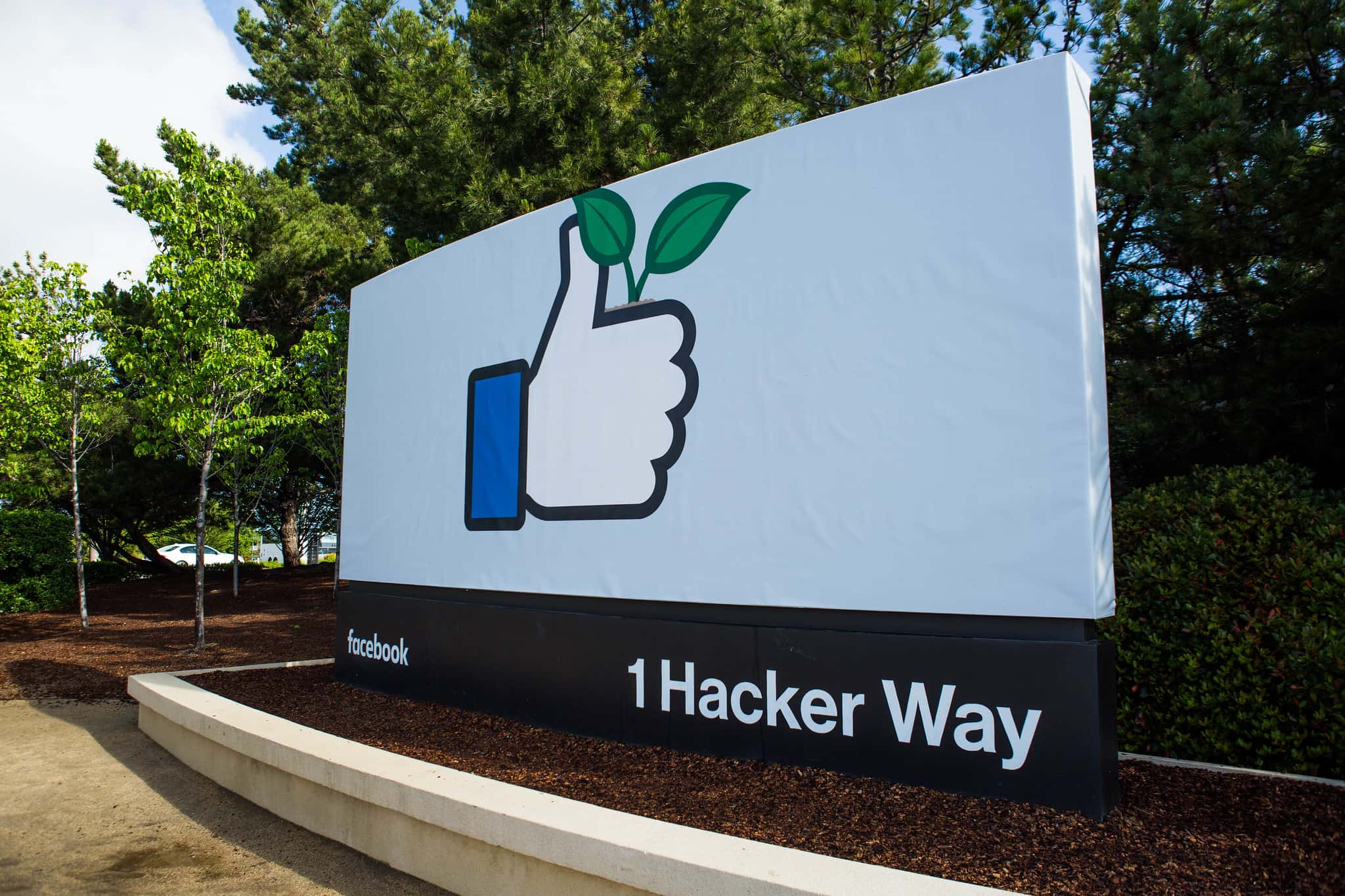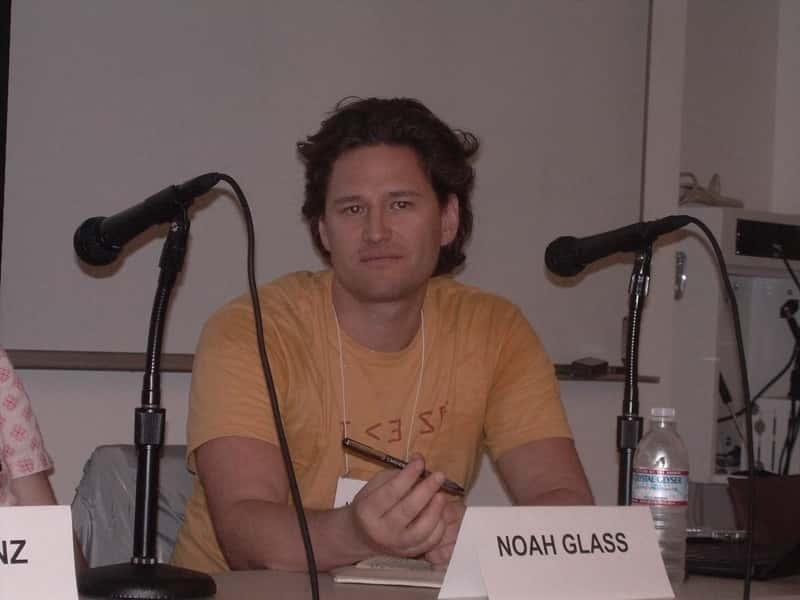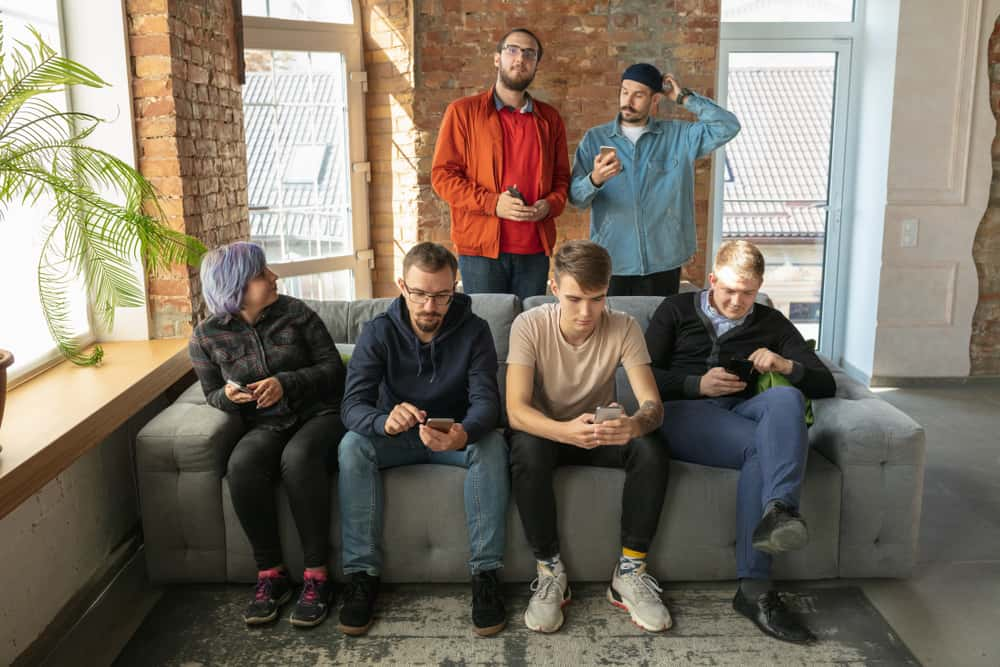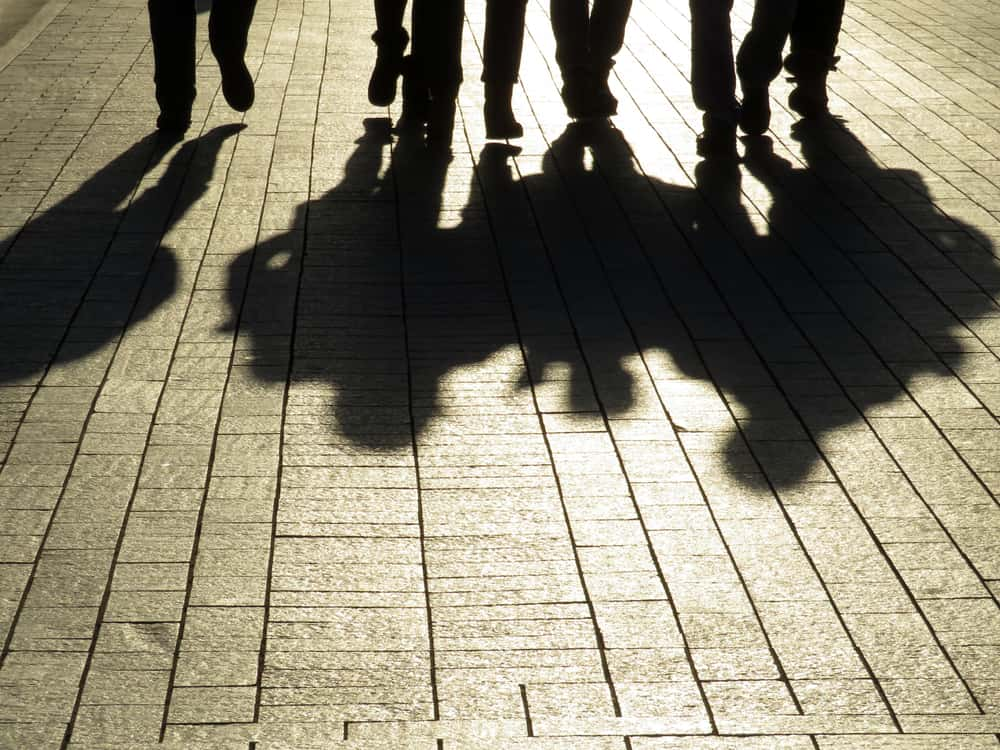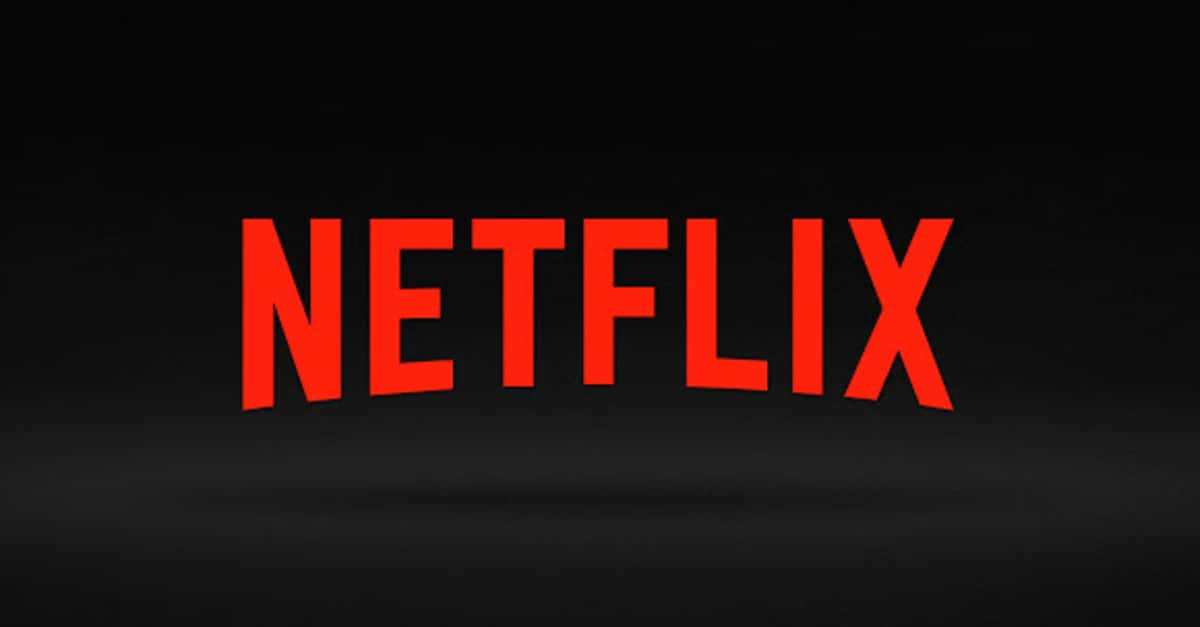“Social media websites are no longer performing an envisaged function of creating a positive communication link among friends, family, and professionals. It is a veritable battleground, where insults fly from the human quiver, damaging lives, destroying self-esteem and a person's sense of self-worth.”—Anthony Carmona, former President of Trinidad and Tobago.
Kids these days and their social media. Oh wait, that’s us—some social networks have already been around for more than a decade! Social media is generally defined as a form of electronic communication that allows users to create online communities and share messages and other content. As websites continue to develop, more and more of them may fit this general definition, but when we use the term “social media,” specific sites come to mind, like Facebook, Twitter, Instagram, Snapchat, and whatever else the kids use this week. For some, social media is a convenient tool that they use to stay in touch with family. For others, it’s a near-compulsive arena that they use to judge their own self-worth and stay abreast of all of things pop culture. Here are 42 invasive facts about social media.
Social Media Facts
42. Be Like the Cool Kids
As of 2016, 2.3 billion of Earth’s 3.2 billion people use at least one form of social media. As of 2017, 71% of internet users are also social media users.
41. #You’re Welcome
Chris Messina is the Twitter employee that we all have to thank for the now-common usage of hashtags. When Twitter began, many users felt that a grouping feature was missing—a way to easily communicate with people on a specific topic. Messina believed hashtags offered the most streamlined way to group and find specific content but he did receive plenty of criticism for the idea. Complaints ranged from ones over the look of the hashtags themselves to the belief that they were simply awkward and made the system more cumbersome. Originally, one had to follow a specific hashtag and then later unfollow it if you no longer wished to see related tweets. #Unsubscribe.
40. You’ve Been Doxxed
You may have been scrolling through your social media sometimes and seen someone use the phrase doxxed, or heard about specific instances of it. “Doxxing” is the public sharing of someone’s private info online e.g. address, real name, and/or workplace. The term “doxxing” comes from “dropping box,” which is hacker slang referring to documents that eliminate someone’s online anonymity.
Doxxing is the subject of one of the internet and social media’s great debates, since it can constitute a form of vigilantism. Doxxing can be used in an attempt to intimidate or silence activists, or to out those with unsavory opinions. A recent notable example came after a rally in Charlottesville, where some people were misidentified as members of the far right and were then subjected to a wave of online harassment.
39. Stripped Down
Instagram is now a glowing bastion of workout videos, “instamodels,” and accounts ostensibly run by puppies, but it actually began as a location check-in app that was similar to Foursquare. In 2009, Instagram founder Kevin Systrom was working as a product manager at Nextstop, a startup that Facebook later required. Foursquare’s popularity was booming as an app where people could share their locations with other users. Systrom created Burbn, which let users share their location and post pictures. As the app developed, Systrom and partner Mike Krieger realized it was too cluttered. They wanted to specialize and decided to eliminate every feature except the photo sharing, commenting, and liking—and the rest is insta-history.
38. Evolution
Leah Pearlman is a former Facebook employee credited with inventing the “like” button and unintentionally creating another incentive for the attention-seeking posts we’ve all come across. Pearlman realized that statuses on Facebook, such as marriage announcements, would get bombarded with the same messages repeatedly, and users would see a comments section filled with “Congratulations” written 100 times over. She wanted to solve this problem of redundancy. One of her co-workers suggested a “bomb” button but that didn’t take off. The idea for another button kept evolving until Leah came up with the idea of an “awesome” button, which the team liked and began to work on together. A Facebook engineer, Justin Rosenstein has also been credited with creating the like button. As the “awesome” button evolved, another issue was that “awesome” wasn’t appropriate in all contexts, coming across as juvenile sometimes. Some symbols were offensive in certain countries and a “love” button felt “too cheesy.” Facebook founder Mark Zuckerberg put a bow on the project by announcing it would be a like button with a thumbs up symbol. Perlman now spends her time as a comic book artist and author, not a bad way to live life. She also has a housemate building an AI, so we know who to blame when the world ends.
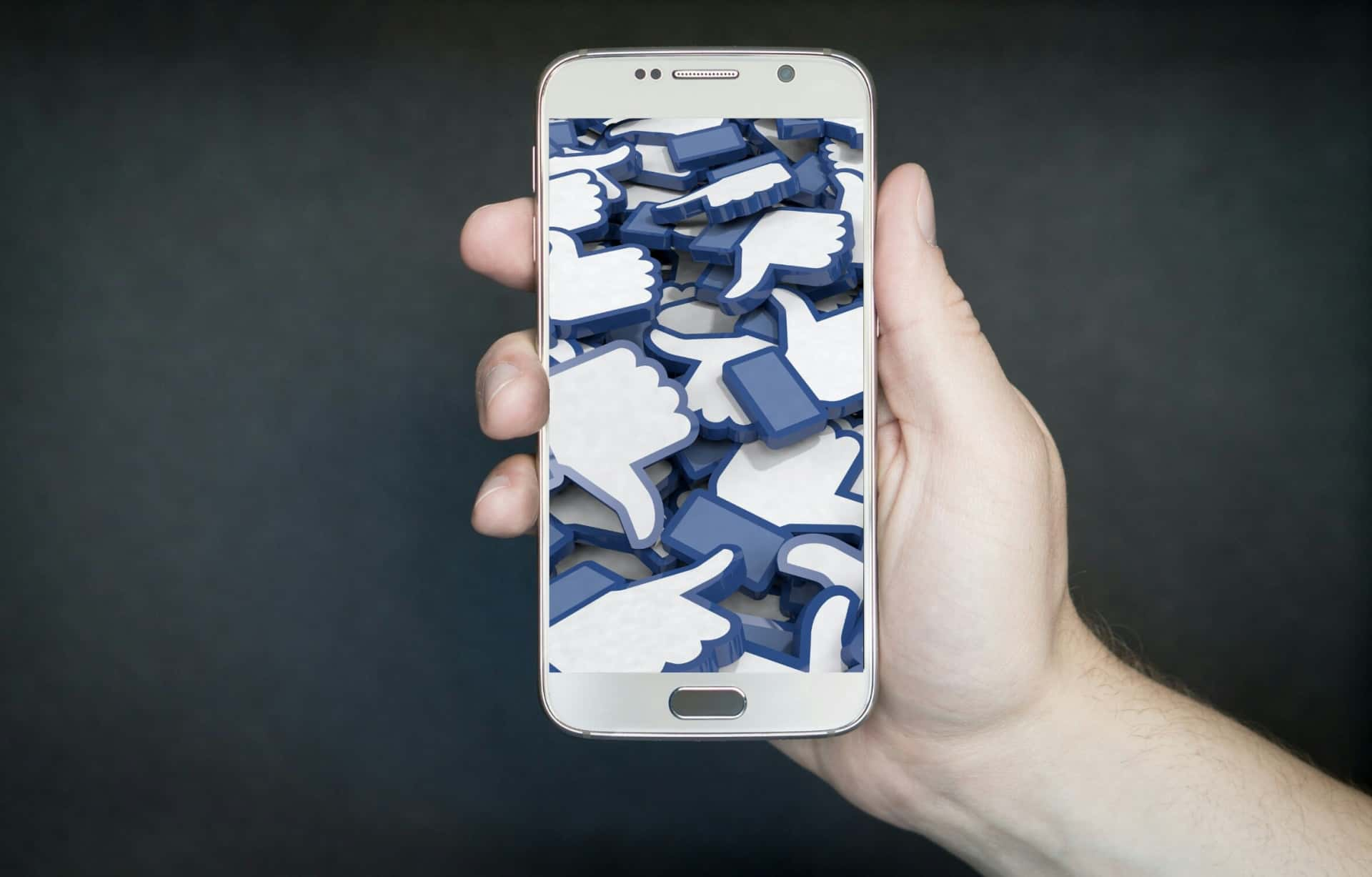 Public Domain Pictures
Public Domain Pictures
37. Slackers
Instagram as we know it today, with its focus on photo sharing, only took about eight hours to create, although the creators worked on prototypes prior. The app then gained 100,000 users within eight hours. The app’s instant success led co-founder Kevin Systrom to wonder if he was counting the statistics right.
36. Dark Web
Any child growing up in this new era—in the US at least—has a 90% chance of having their photo(s) shared on social media. Although the posters and many of the consumers think of the photos as one way of staying in touch, pedophiles also scroll through pictures of children on social media. The Child Rescue Coalition and @KidsForPrivacy campaign are actively asking parents to be cautious with the pictures they post. They recommend avoiding geotags (e.g. location identification) and hashtags, since these two features can make it easier for pedophiles to find children in real life.
35. Thanks iTunes
iTunes now offers music, games and a wide variety of podcasts. Originally, Twitter’s founders planned to do the same thing. Their original startup, Odeo, was developed as a broadcasting platform but a switch became necessary for their company to survive. Jack Dorsey and William Glass then presented the idea for a messaging platform to investor Ed Williams, who approved. The messaging platform was intended to be a private system for podcast users, but Glass and Dorsey found a new use for it. And this was before podcasts were even popular, so the original iteration probably wouldn’t even have lasted a year.
34. Custom
Nowadays, when you sign up with Twitter you are free to search topics, or search directly for accounts that interest you. In Twitter’s earlier days, the app only offered a random list of 20 default users. At this time, only 20% of users who set up accounts became regular users, as in, visited at least seven times a month. It became obvious to project managers that users might be more likely to stay on the site and visit if they had more control over who they followed. Hence, the change to letting users follow 10 people of their choosing.

History's most fascinating stories and darkest secrets, delivered to your inbox daily.
33. Ugly Duckling
It was big news when Facebook bought Instagram in 2012. Instagram’s 13 employees earned around $100 million dollars each and it’s probably fair to say they’re happy about the takeover. Facebook had actually already offered Instagram founder Systrom a buyout back in 2004. At the time, Facebook had yet to achieve the level of success that would make Zuckerberg a billionaire.
32. In Hindsight…
Former Facebook employee Leah Pearlman, said founder Mark Zuckerberg was a better leader because he wasn’t a perfectionist. Zuckerberg wasn’t afraid to admit that ideas may not work initially, and that some features may offend people.
31. Created a Monster
If we’re not guilty of it ourselves, we all know people whose lives revolved around the amount of likes they receive on social media. Even the founder of the like button, Leah Pearlman, has fallen victim to the epidemic she helped to create. Pearlman admits to buying ads to generate more attention for her own content, such as the comics that she now draws. Pearlman is also not afraid to admit she needs social validation more than others. The need for attention and validation can work in Pearlman’s favor, such as when she does a public TED Talk and wants to ensure it is well received. It can also result in moments of insecurity. However, she believes the like button was inevitable: “I feel like I should feel responsible, but I don’t.”
30. PrivacyGate
Earlier this year, Facebook joined the headlines for all the wrong reasons when it was announced that it had shared its user data with Cambridge Analytica, a political consulting firm. Cambridge Analytica was involved in the 2016 presidential campaign, and users didn’t respond well to the knowledge that 50 million of their peers had their data handed over without their consent. Facebook is also facing criticism for not ensuring the data would be deleted by Cambridge Analytics after use. A trial is now ongoing but Facebook has already been dealt some damage. The company’s shares lost $37 billion in value.
29. Build Your Own Prison
Silicon Valley, home to the headquarters of numerous tech and social media companies, is now home to a growing class of employees who want to distance themselves from what they helped create. These employees are often people who worked as designers, engineers or product managers with social media companies, and are no longer counted as part of the founding partner circle. They are sometimes called refuseniks and now seek to avoid the “addiction” of social media. The refuseniks are wary of the attention economy, the online environment that revolves around advertising and consumers.
Leah Pearlman installed a plug-in that eliminates her Facebook feed, and Rosenstein installed an operating system on his laptop that blocks Reddit. Rosenstein also had his assistant set up parental controls on his phone that prevent him from downloading any apps.
These measures are all part of an attempt to fight the negative effects of social media, which include shorter attention spans and political polarization.
28. Red Means Go
If your attention span is particularly bad you might have flipped over to Facebook while trying to read this article. Notice that red icon that tells you about friend requests, likes or comments? According to an anonymous Facebook employee, Facebook’s design team initially wanted to have the notification icon be blue. Apparently, the design team went with red because it is a “trigger color” that is more eye-catching.
27. Going Strong
Even after “Privacygate,” Facebook hasn’t suffered a drastic shift in the amount of users that flock to it. eMarketer conducted a report of Facebooks’ traffic and although they did not release details on the amount of users post-scandal, they say there isn’t a drastic shift in usership one would expect. In the US, usage is “flat,” growing slower in relation to other areas. However, few users deleted their profiles, with only 6% in a UK study considering taking that action. The biggest changes came in how users handle their profiles. Faith in Facebook protecting their privacy dropped from 79% to 25%. Meanwhile 44% of American users changed their privacy settings and began sharing less with friends and followers.
26. Left Behind
How many of you use Google+? Of course, it is linked to YouTube now, but how many of us think of it as a powerful social media tool by itself? Not many? Zuckerberg agrees with you, and declined an offer to buy it out. The rumor mill also says that Google+ might be thinking of following in Instagram’s footsteps and capitalizing on the features that work best, such as photo sharing and Google hangouts. A bit disappointing for an app that cost over half a billion dollars to design and develop.
25. Expand Your Horizons
When users in English-speaking countries think of social media, their minds might immediately go to sites like Facebook and Twitter. However, some countries with a different primary language also have their own social media networks that were created with their local audience in mind. The membership of China’s QZone, thanks in part to China’s huge population, actually exceed networks like Twitter and Instagram.
24. About Time
Friends Reunited was exactly what it sounded like, a social media created for the purpose of tracking down old friends. The network came along in 2000, prior to Facebook, MySpace, and Friendster. The site actually lasted until 2016, despite Facebook’s success. The site’s longevity may have been affected by its location in the UK, which wasn’t the first market for Facebook. Co-founder Steve Pankhurst admitted that competition from Facebook was one of the main reasons for shutting the site down. Pankhurst is also in the process of creating Liife, a platform that will be dedicated to sharing life-changing memories. Hopefully competition from Faceook and Instagram don’t lead to another shut down.
23. Addict
Maybe we look down at people who are addicted to gambling—the types that spend money on roulette or sit in front of a slot machine for hours on end. However, think of the motion you use to refresh a feed on Twitter, Facebook or Instagram. You drag your finger down on the screen, like pulling on a lever, to refresh. That isn’t a coincidence. The pull to refresh feature is based on human’s psychological tendency to imagine the goodies they’ll get with another pull of the lever: “It’s the possibility of disappointment that makes it so compulsive.”
22. Stop
The name Instagram is a combination of “instant” and “telegram,” or “instant telegram.” Co-founder Kevin Systrom added the name also sounded “camera-y.” That must be the scientific term.
21. Chirp
The name Twitter was one in a long list of options. Noah Glass first wanted to use the name “vibrate,” and then moved to the idea of “twitch.” However, Glass got hung up on the “tw” sound, as in: twist, twit, twitch, twitcher, twitchy. Eventually Glass thought of Twitter and realized the name fit perfectly since twitter is the “light chirping sound made by certain words.”
20. What Did You Say?
We probably have at least one friend who has complained, either in person or on social media, about people being too easily offended nowadays. This can sometimes be someone’s way of defending a bigoted comment, but sometimes it captures a truth that social media has made more prominent. Social media as a whole can be an instantaneous style of communication and some scholars believe this also affects our own thought process, making us more impulsive when it comes to how we respond to comments online.
19. A What Now?
Due to social media’s broad definition, some of its earliest iterations weren’t the type of system we’d expect nowadays, complete with like buttons and persistent notifications. The first true online social network came about in 1978 with the first computerized bulletin-board system. Kids today might not even know what that is but it served one of the basic purposes that any modern social network: coordinating meetings with friends and making announcements.
18. Hold Out
Back in 2004, Mark Zuckerberg was offered $10 million by an unknown investor who wanted to buy Facebook. Zuckerberg declined. In 2005, Viacom offered $75 million. In 2006, Yahoo offered $1 billion. Zuckerberg still declined. This might be one of the best lessons on patience, hard work and faith in your abilities.
17. Resume Power
Nowadays, LinkedIn is not in the running as a top five social media network, in terms of active monthly users. For millennials, the site may be a place to seek jobs, but it isn’t the social arcade that Instagram is. However, it was near the crown back in 2011, when it was second to MySpace. In 2018, LinkedIn is actually beating Snapchat so far, with about 5 million more active monthly users—260 million to Snapchat’s 255 million. Hope they sent a thank you card to Rihanna.
16. Music Ecosystem
MySpace was once the definitive hub for young artists to share their music and the void left by MySpace’s collapse is still waiting to be filled. Soundcloud made a valiant effort but has failed to get the same level of popularity and traction for its artists. Soundcloud is partly hampered by its paid system, where artists all belong to different tiers that are connected to different prices to host their music. This is in contrast to MySpace, which was free. Spotify has also failed to corner the market the same way MySpace did, at least for the artists who use it to promote their music. Maybe the next great startup is still out there.
15. Not Just a Symbol
You know that little blue bird that comprises the ka logo? He has a name, and it’s Larry, or Larry Bird, if you want to be formal. Larry is named after NBA Hall of Famer Larry Bird. The choice is believed to be a result of co-founder Biz Stone, who is from Boston and was likely a fan of Bird’s stint with the Boston Celtics. Twitter’s platform manager, Ryan Sarver, finally brought this info to light in 2012.
14. Bridging the Gap
Canadian Janice Taylor created Mazu, an app specifically designed to help young people transition to online life. Mazu provides a forum for children and their families to communicate. Unlike most social media, there are none of the buttons or features used to seek approval e.g like, follow. Mazu is meant to be used as a way to become familiar with online content, while filtering out some of the more corrosive elements such as the marketing. Taylor was able to get $7 million through angel investors. She was motivated to create the network due to the rise of suicide rates, which she believes was tied to the ideal of perfection that social media fosters.
13. Young Blood
Since the news or word of mouth is generally dominated by the same platforms, we can forget that new ones are constantly emerging. Some of the biggest up-and-comers include Meerkat, an app that allows you to broadcast live videos from your phone. Meerkat launched in 2012 and Twitter’s version, Periscope, launched a few weeks later. Both apps have millions of active users and might be a bigger part of our lives someday.
12. Mars and Venus
While we are free to use any social media platform we like, users have demonstrated a tendency to head for certain ones. YouTube and LinkedIn have more male users, while more women are present on Facebook, Twitter and Instagram.
11. Current Events
Donald Trump met with North Korea’s Kim Jong-Un on June 12 for a summit, and Twitter was quick to create an emoji for the occasion. The occasion features two hands high-fiving, which we assume is supposed to represent Trump and Jong-Un’s agreement about denuclearization.
10. Brand
In terms of usage, social media stands as the #1 form of content marketing with 83% of people reporting usage. Blogs come second at 80% and email newsletters come at 77%.
9. Which One Are You?
With the number of users on Twitter, different types of communities are bound to develop, and not just because of different hobbies. Twitter’s users are sometimes broken up into six distinct crowds or “clusters.” Polarized crowds discuss issues such as politics and race, running the gamut from gun control to religion. As evidenced by the name, these topics are often polarizing and lead to some of the harshest exchanges on Twitter.
Tight crowds are united by a hobby or career e.g. mechanics or marketing. Brand clusters are basically the hipsters of Twitter, discussing new trends, products etc. before they become cool. Community clusters are most evident when it comes to news stories, where people rally around a certain event or announcement. Broadcast networks include the famous people that many of us follow. Support networks, as you can guess, offer support in the form of customer service, charity, medical etc.
8. Queen of Instagram
Instagram stands as one of the most popular social media platforms, ranking second in terms of monthly mobile users. As of 2018, Selena Gomez has the most followers. Gomez’s 140 million followers are just ahead of Cristiano Ronaldo’s 138 million. Though if you want to get technical, Instagram itself is still in the lead with 245 million followers.
7. MVP
As the stories of Instagram and Twitter teach us, it is important to be able to modify your product to suit the desires of the market. Many startups, such as Instagram and Twitter, entered the market with a “minimum viable product (MVP)”, which they can use to gain feedback. Once the feedback is received—for Instagram they realized the photo sharing was the most popular part—they can then begin to tweak the idea to the point where it gains “product market fit”: Basically the point where your product satisfies the market’s desires.
6. Pride
Sometimes we don’t want to be in the spotlight, but our use of social media can make that tougher sometimes. Twitter CEO Jack Dorsey ate at Chick-fil-A on June 9 and shared a status about the restaurant with Twitter. Soon, the community he helped create was calling him out on supporting a company whose former chief operating officer (and current CEO) said he believes gay marriage is “inviting God’s judgment.” Dorsey later had to backtrack when Soledad O’Brien pointed out his patronage also took place during Pride Month, leading Dorsey to say he forgot about Chick-fil-A’s background. The word irony gets misused a lot these days, but this might just qualify.
5. This Town Aint’ Big Enough…
Instagram and Facebook share office space at Facebook’s Menlo Park campus, where Instagram is headquartered. Facebook also had an office at 770 Broadway in New York that became a shared space with Instagram. Instagram remained at 770 Broadway for years but now has its own full floor in the building, which features all the quirk you’d expect of a startup office. Food and drink are free and conferences rooms also have different themes, including “Accidentally Wes Anderson” and “All Black Everything.” The office also includes a glass dome and a “greeting wall” decked out with rotating stories and images from Instagram users.
4. History Is Written by the Victor
Jack Dorsey is often credited as the founder of Twitter, and still serves as the company’s public face. However, it was Noah Glass who came up with the name and argued that Twitter could form a venue for conservation, as opposed to just updates. Jack Dorsey threatened to leave the company if Glass wasn’t fired and Glass was forced out of Twitter, with the option of taking a severance package or being fired. Some believe Dorsey wanted Glass out since Glass was the only executive within the company who could also take credit for the idea of the status updates. Many histories of Twitter espoused by current Twitter executives leave out Glass’s contributions.
3. Dead Weight
Most metrics analyzing social media usage will use “active monthly users” as the defining category, and there appears to be some merit to this. As of December 2017, 44% of Twitter accounts have yet to send a tweet. Hey, what’ a dumpster fire without spectators?
2. Gang Signs
According to the Chicago Crime Commission, social media provides a new, unique way for them to sniff out gang activity. Gangs now routinely use emojis as a way to share details on activities like drug dealing. Gang-conflict mediator Rodney Phillips says he no longer tries to gain information about gang violence from sources on the street. A victim’s social media reveals the history of conflict now. Gang truces now include promises not to taunt via social media and one form of starting conflict is to live stream yourself walking through a rival’s territory.
1. Black Hole
Social media provides us with some things that can bring happiness, such as the likes and follows we covet. However, a survey of more than 1,000 American college students aged 18 to 30 found that positive experiences online don’t have a significant effect on depression or depressive symptoms. The students were asked to fill out questionnaires about their usage and the effect (good vs bad) of their experiences online. The negative experiences weighed far heavier on their minds, and negative experiences on social media were strongly related to depression.
Additionally, a 2017 report by the UK’s Royal Society for Public Health ranked Instagram as the worst app for mental health due to issues such as FOMO (fear of missing out), which is basically anxiety about missing out on something exciting happening elsewhere e.g. a trip abroad or a party. Like everything else in life, moderation is key.
Sources: 1, 2, 3, 4, 5, 6, 7, 8, 9, 10, 11, 12, 13, 14, 15, 16, 17, 18, 19, 20, 21, 22, 23, 24, 25, 26, 27, 28, 29, 30, 31, 32, 33, 34, 35, 36, 37, 38, 39, 40, 41, 42, 43


